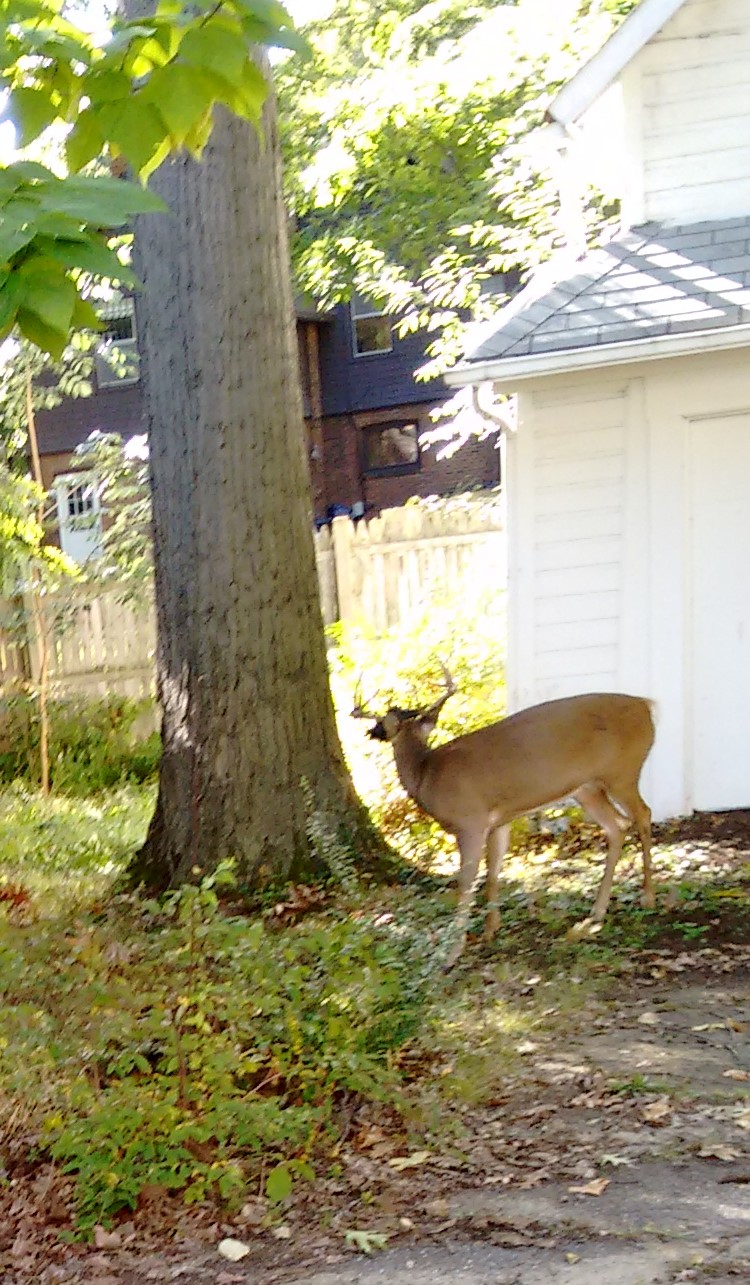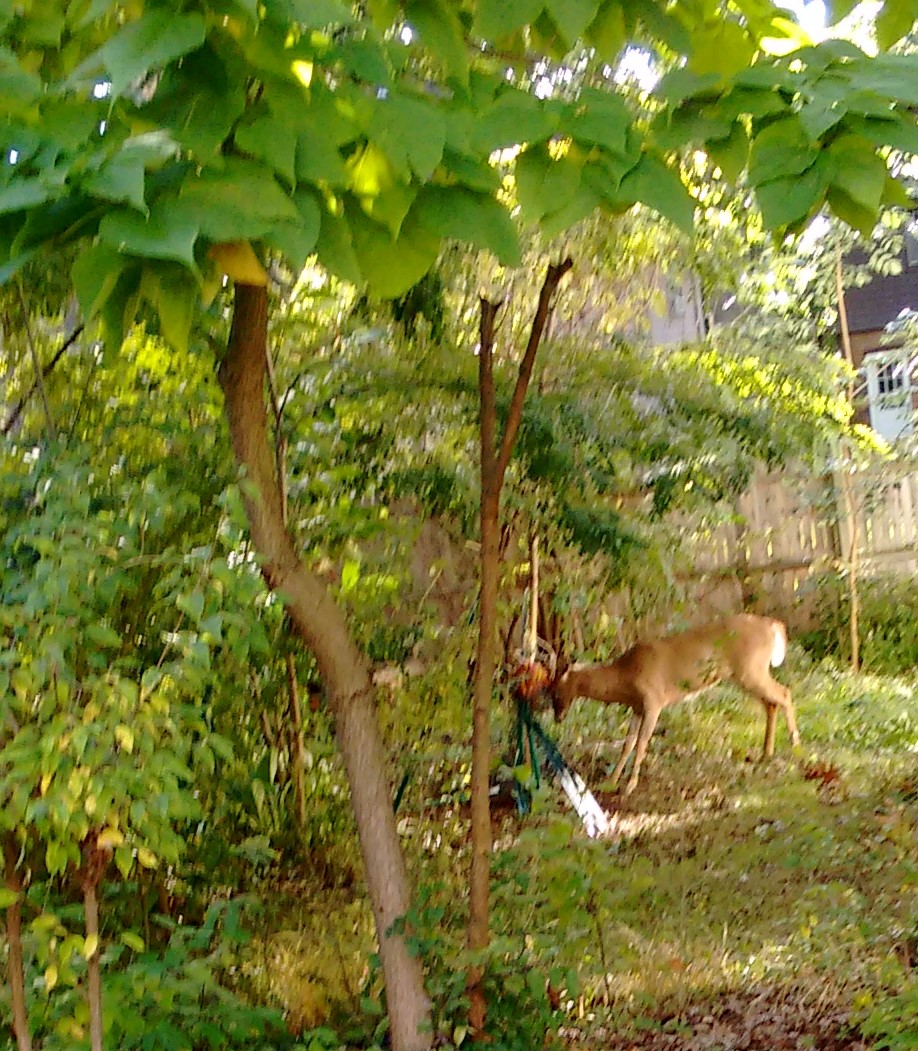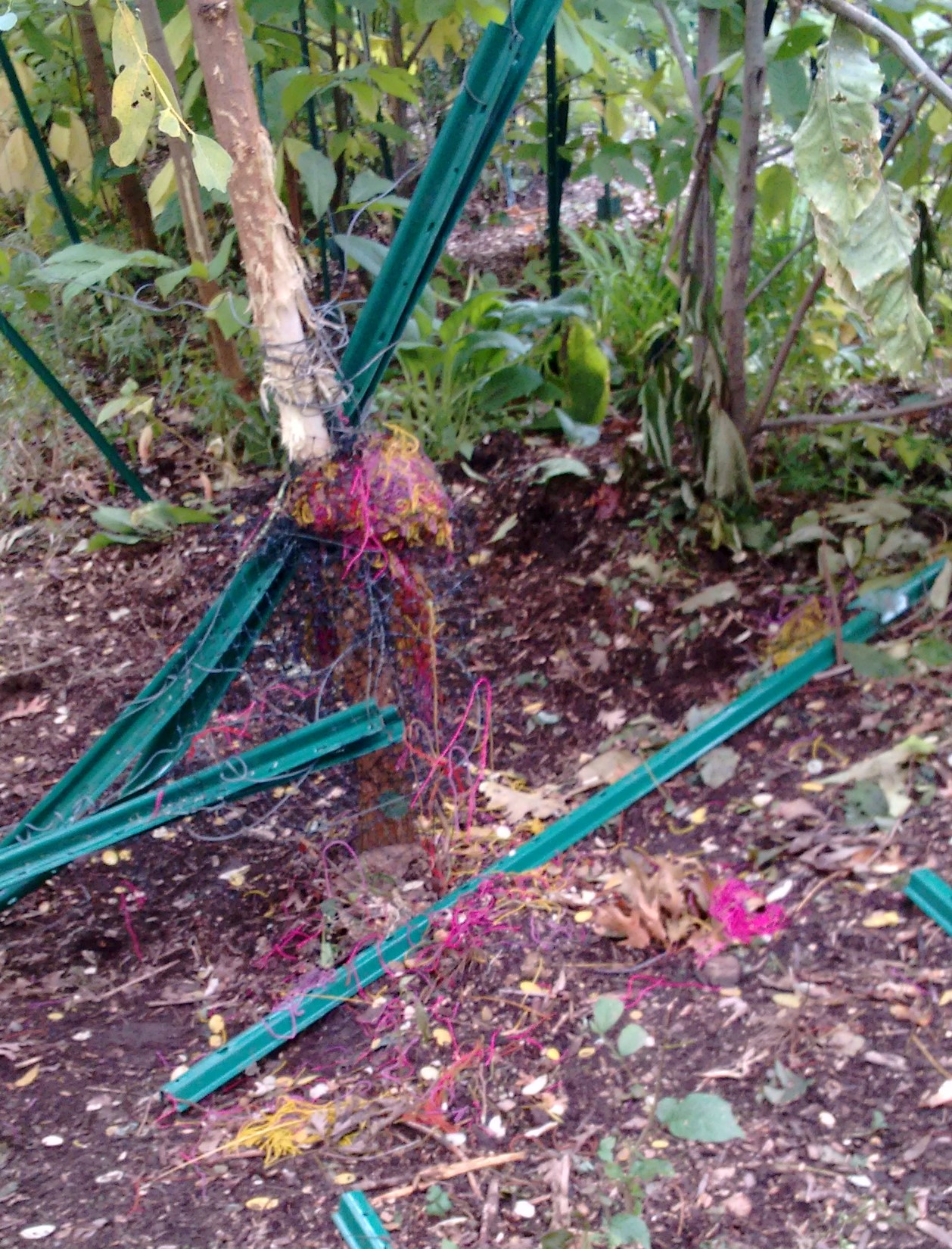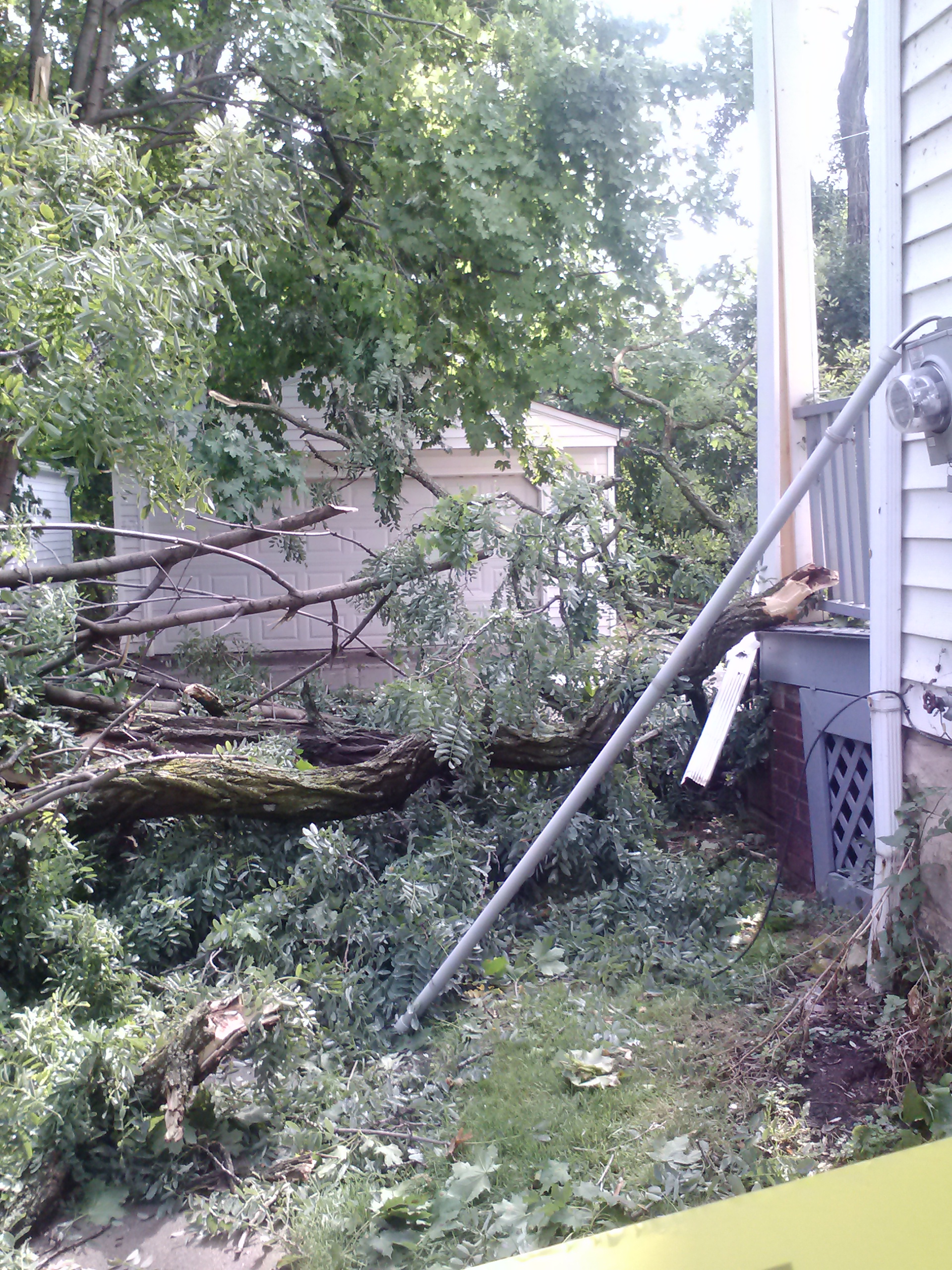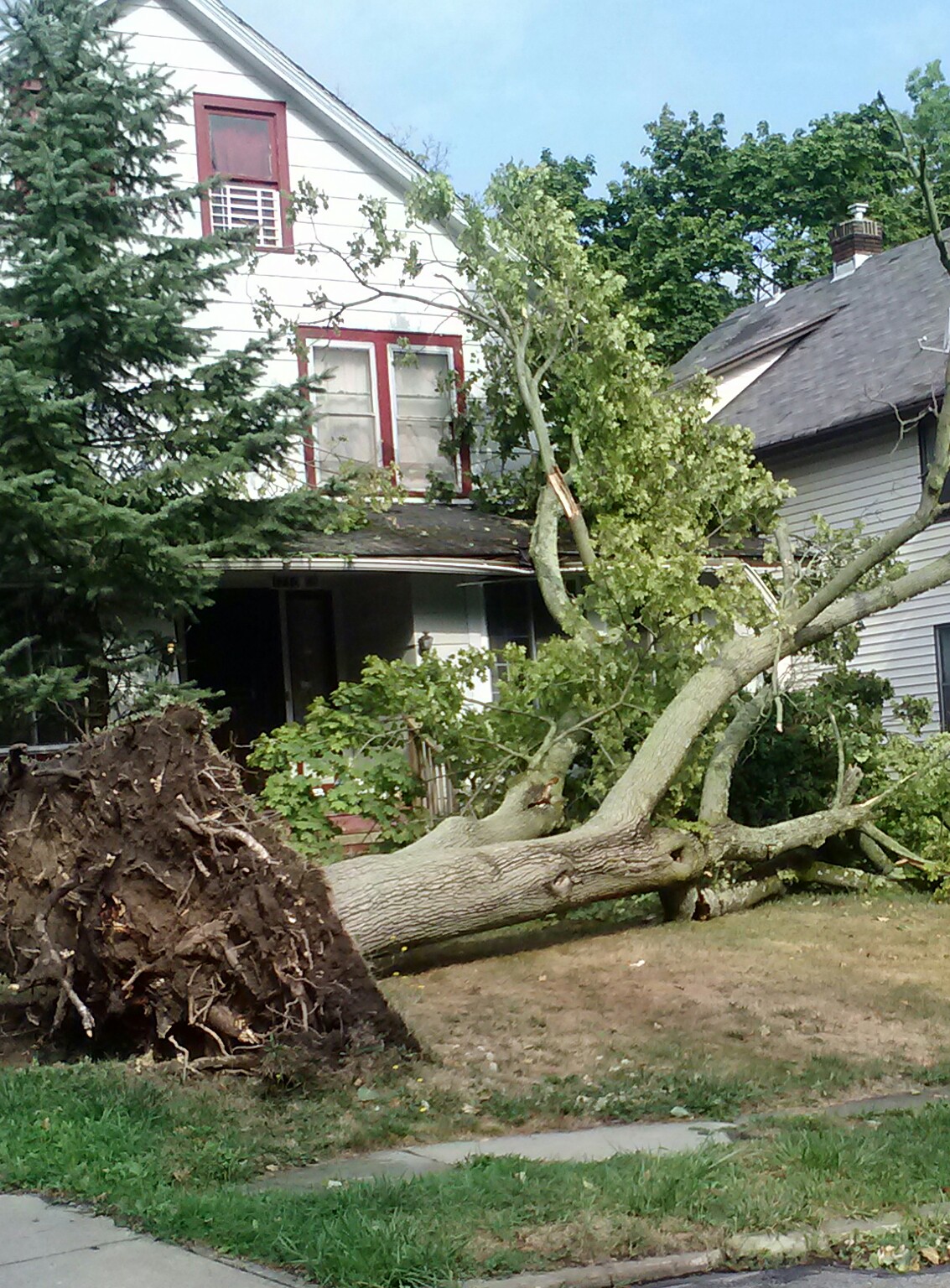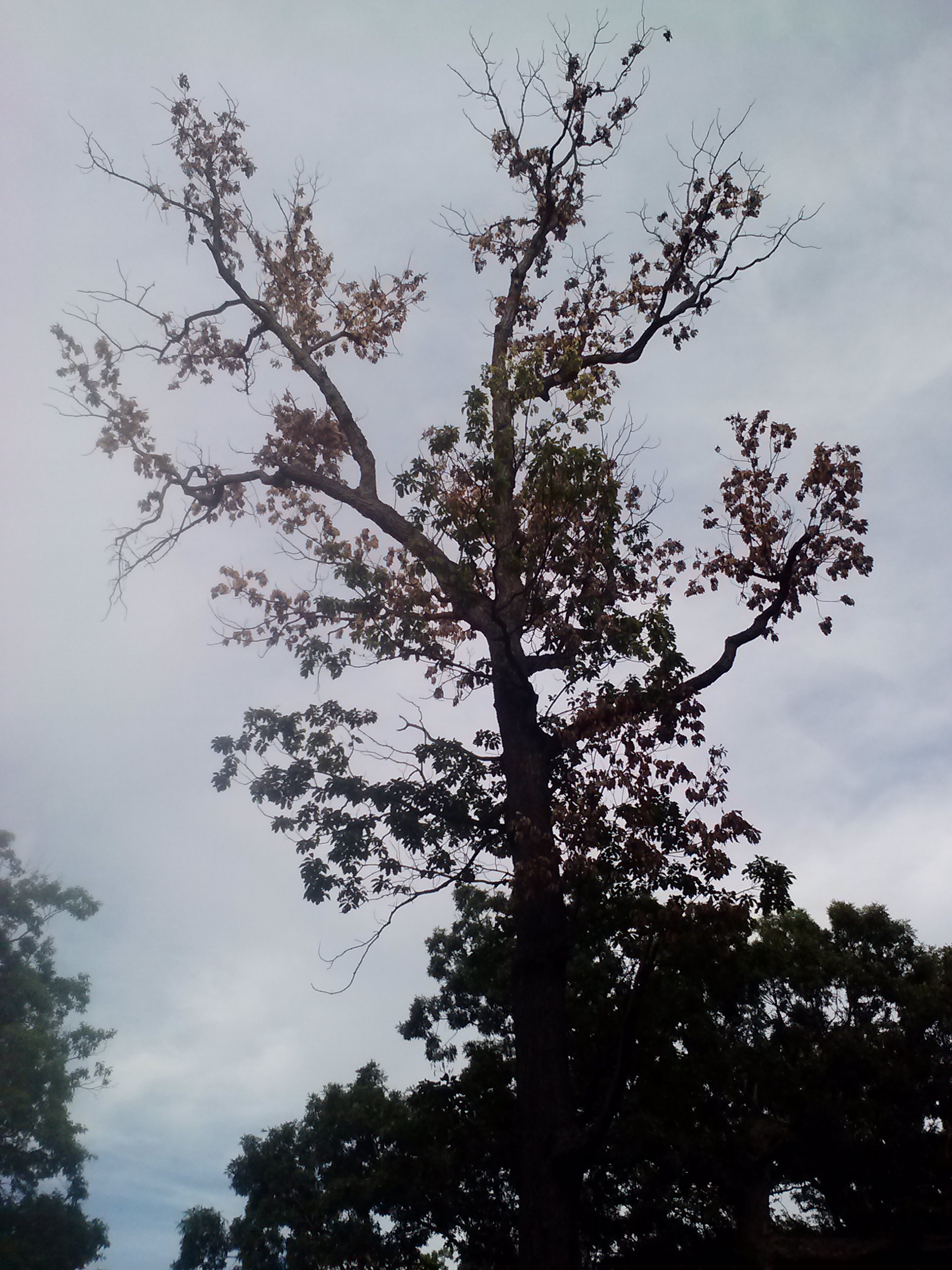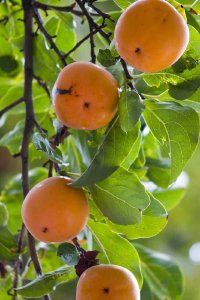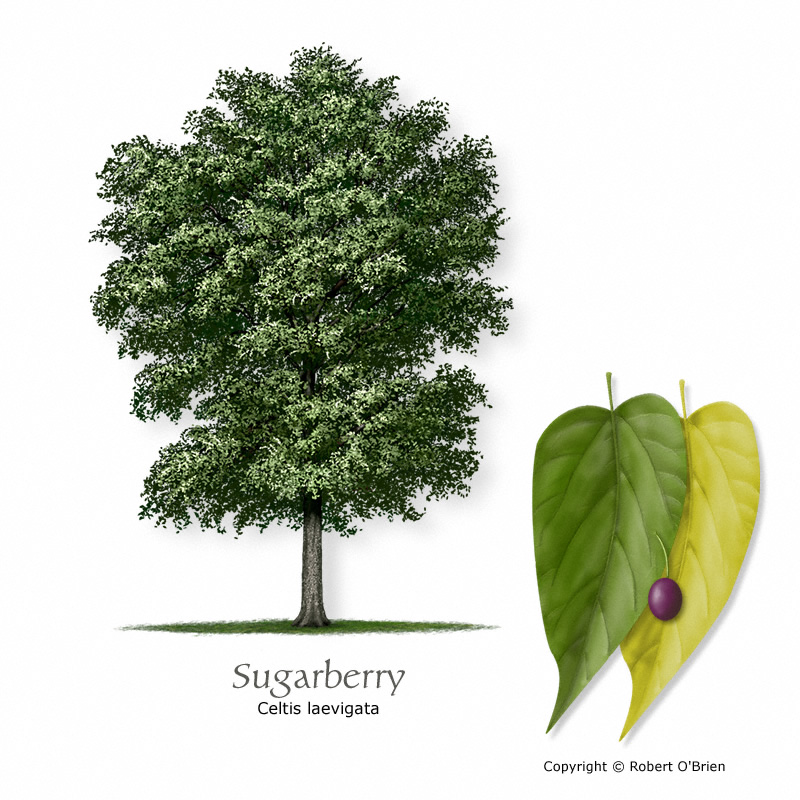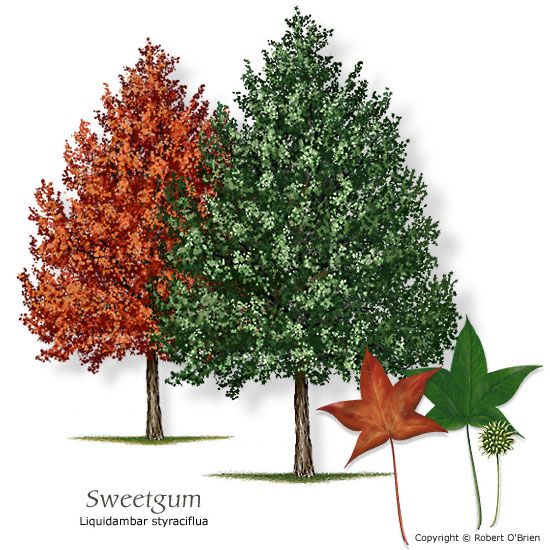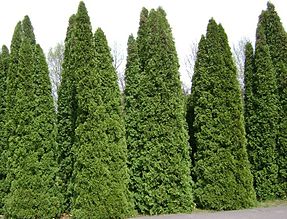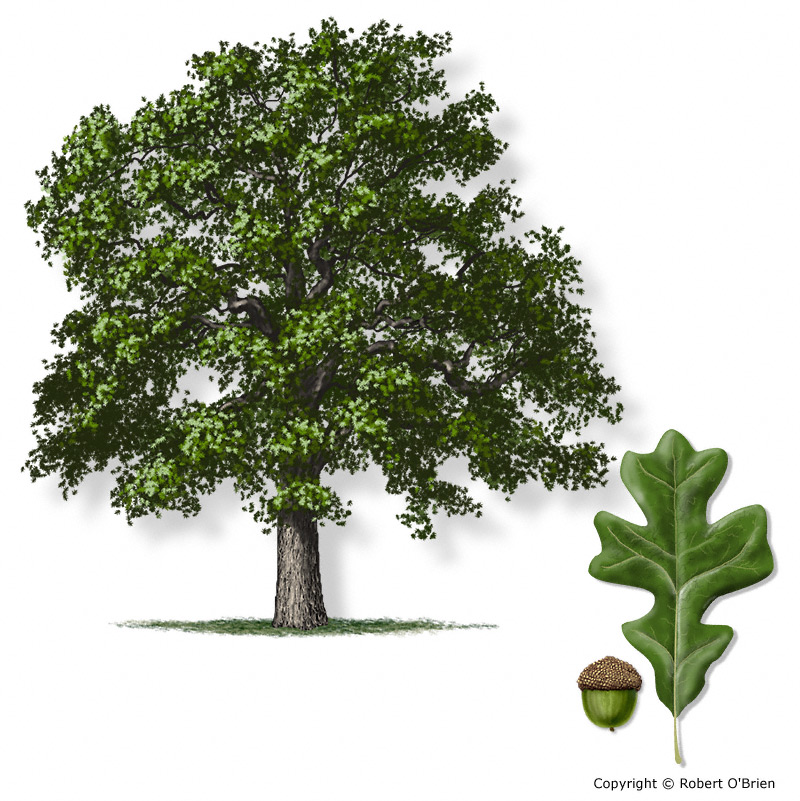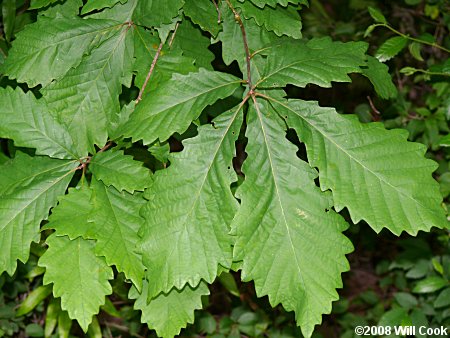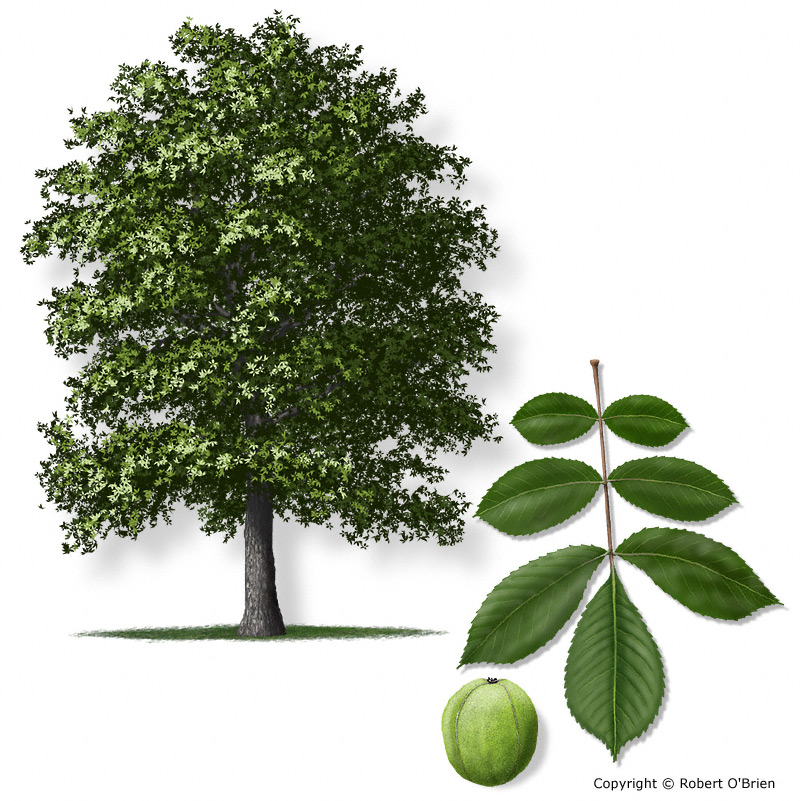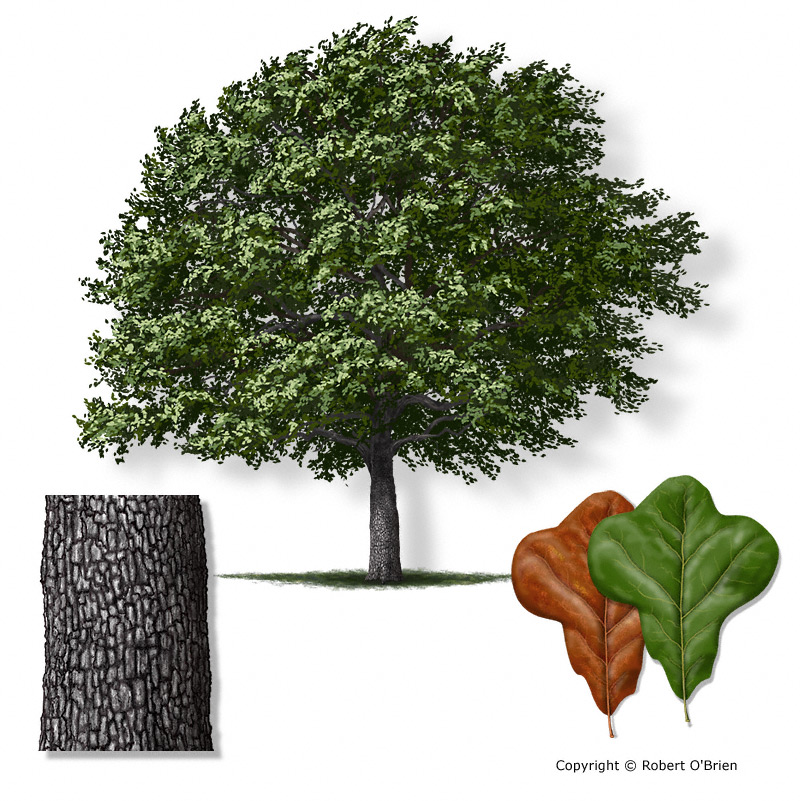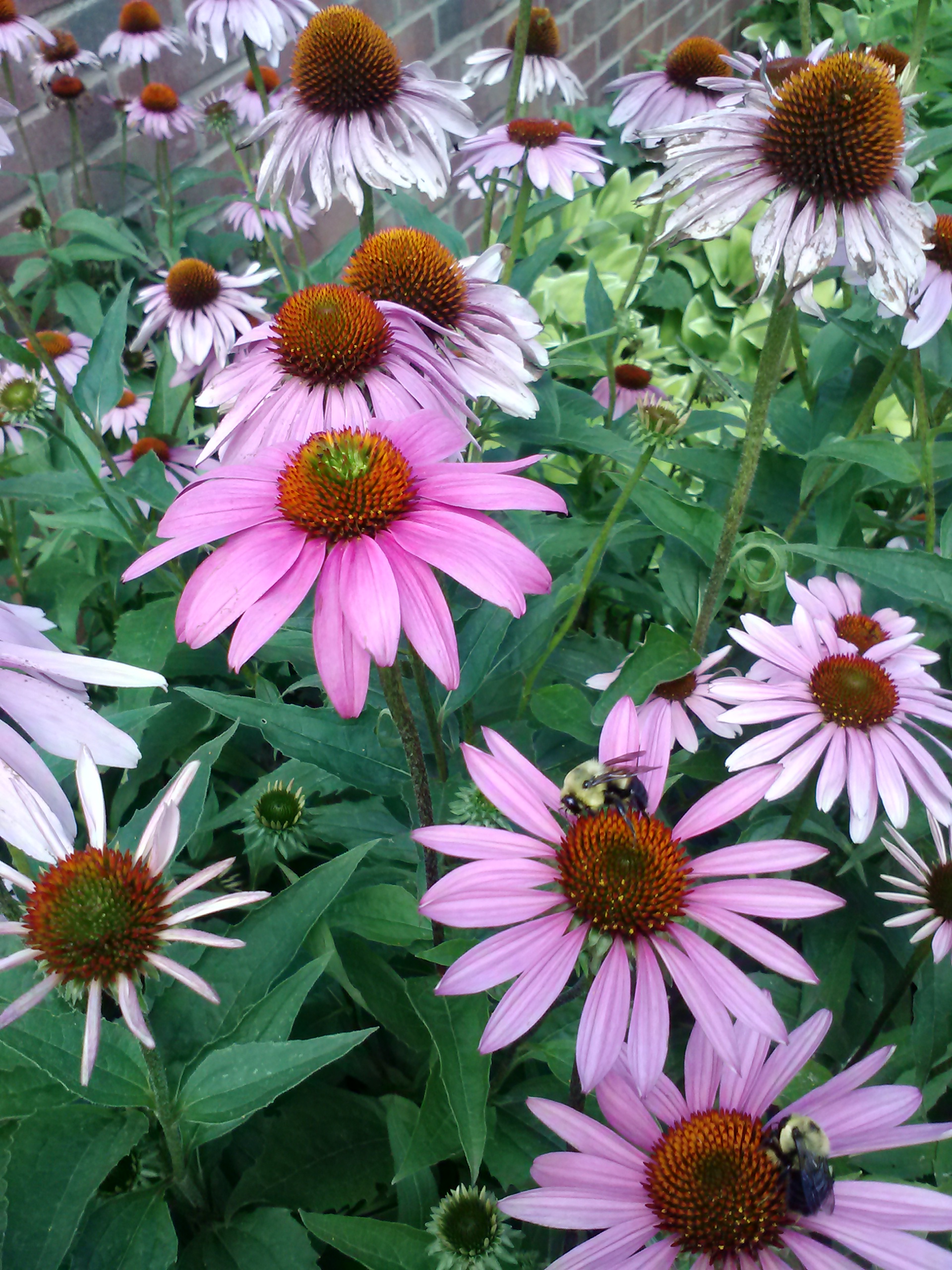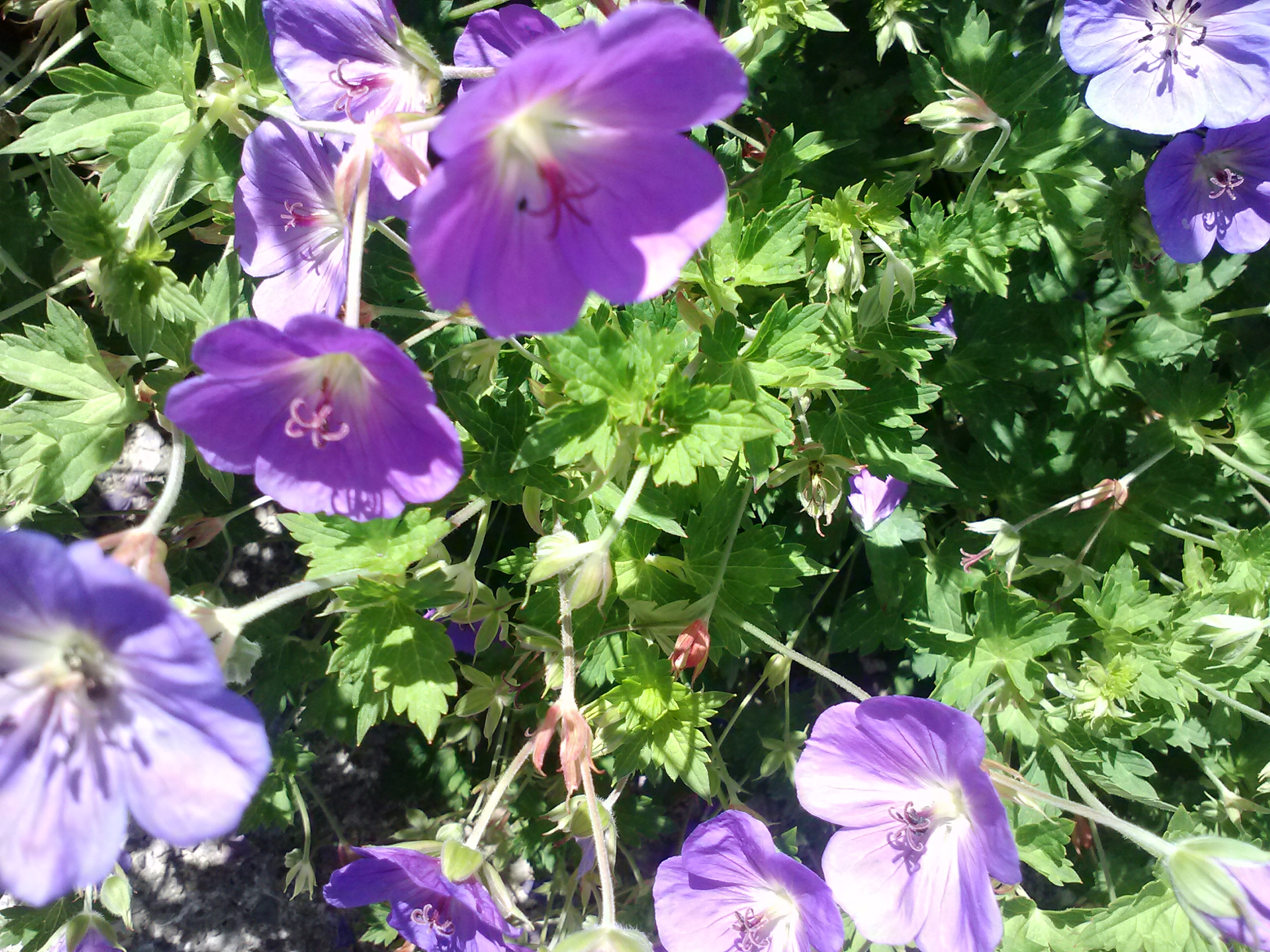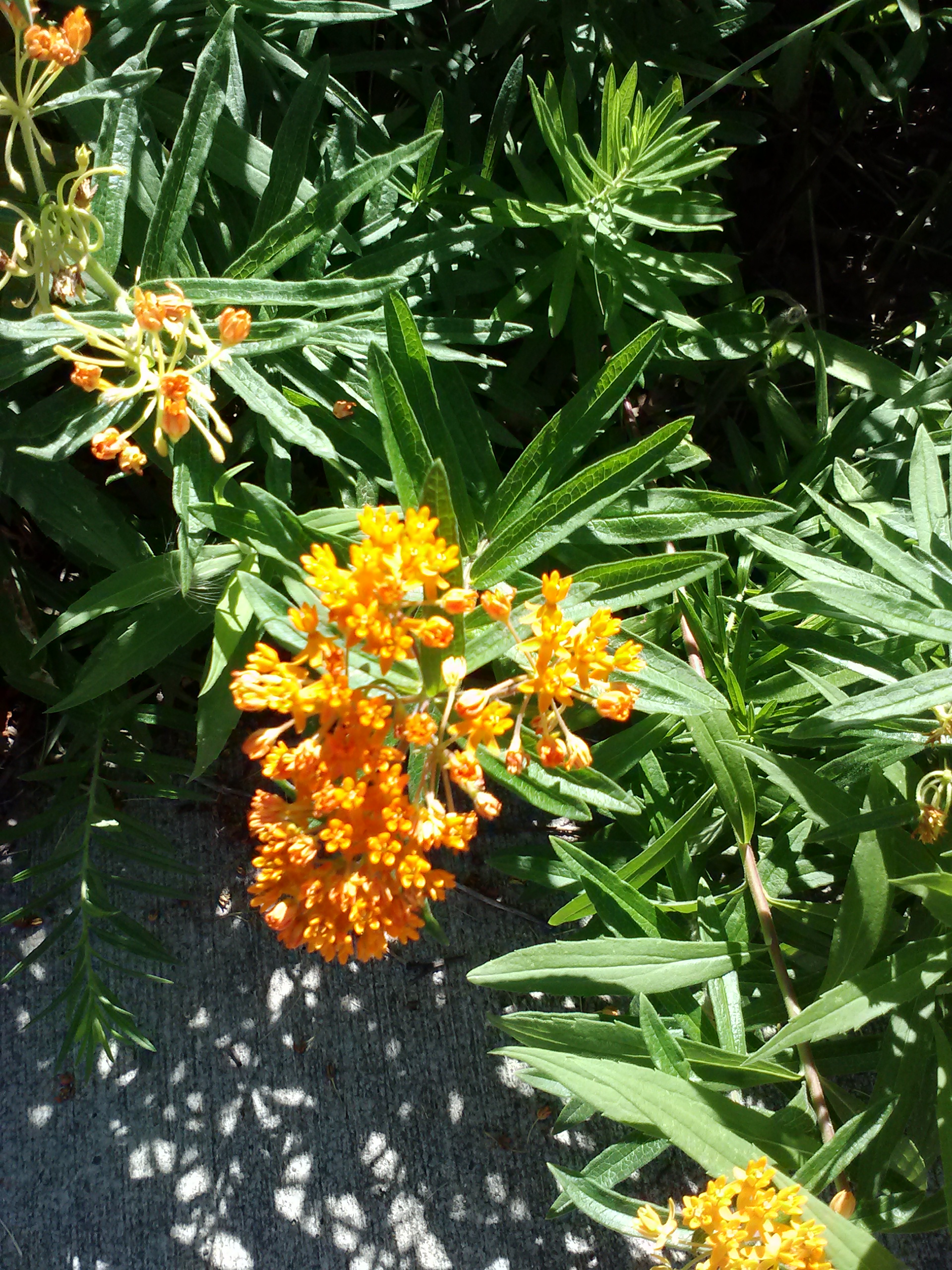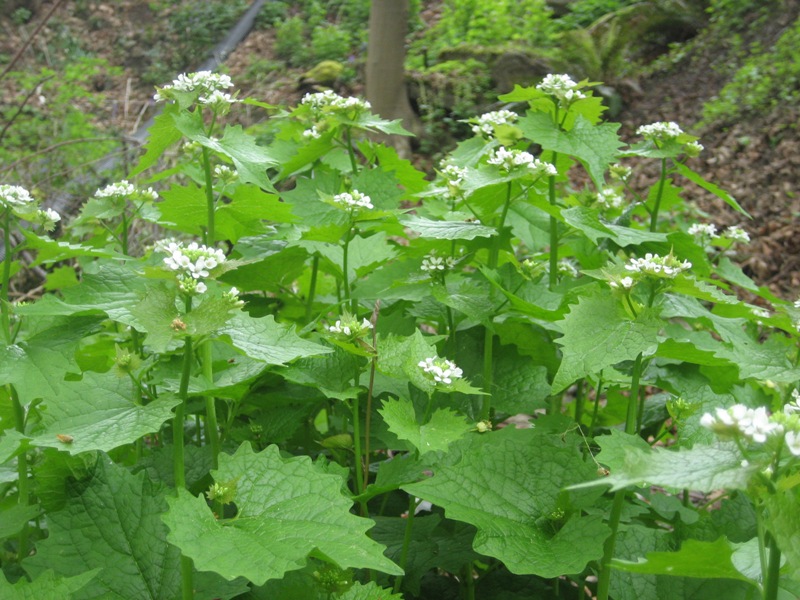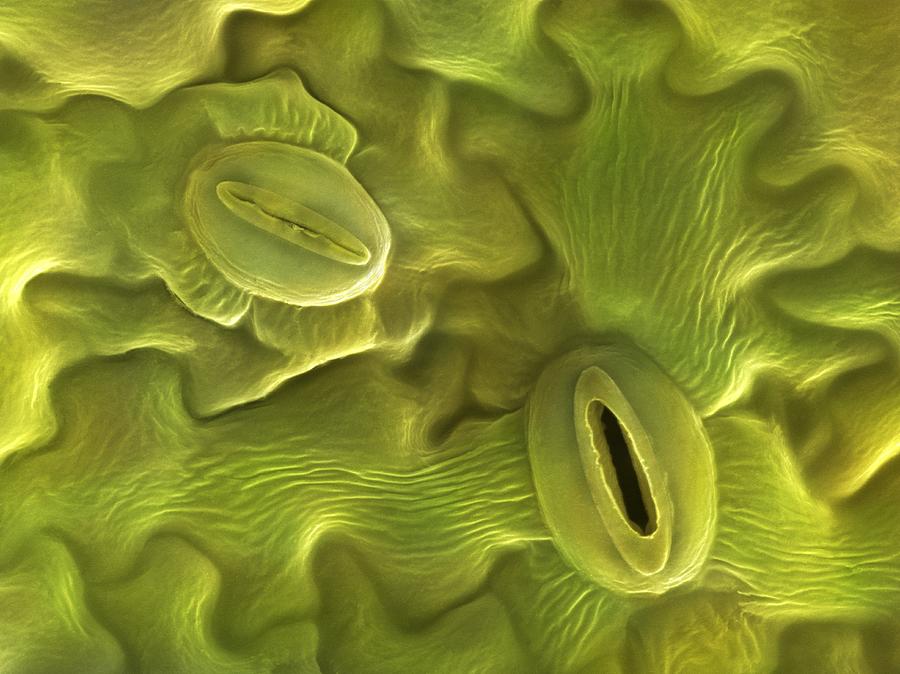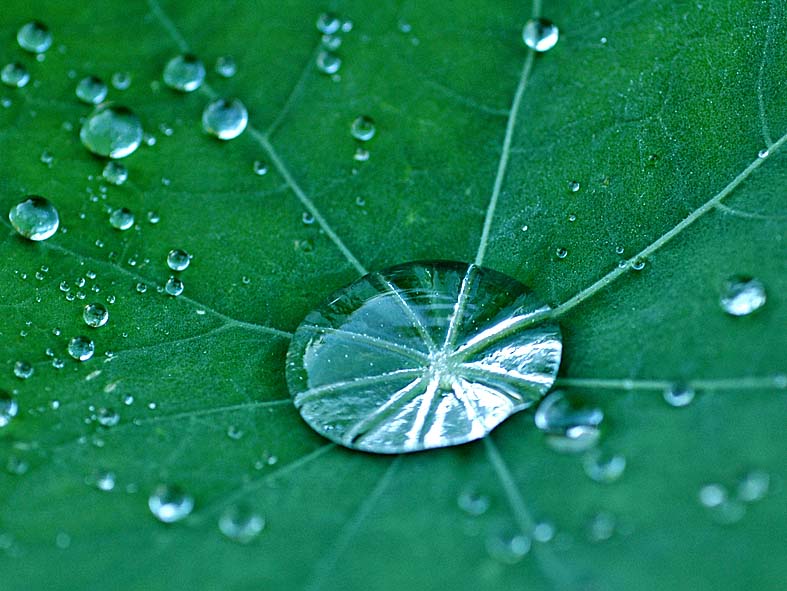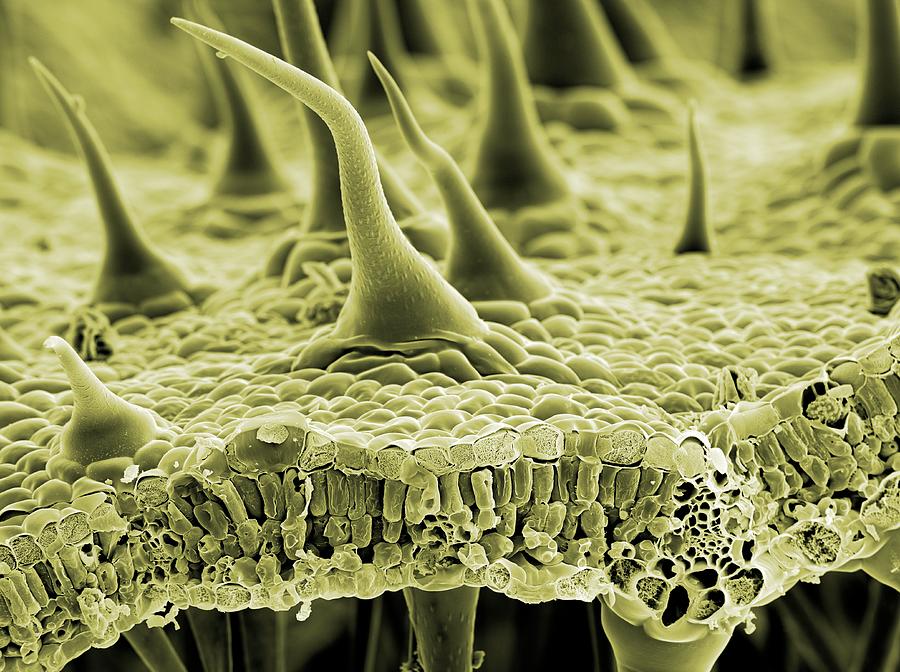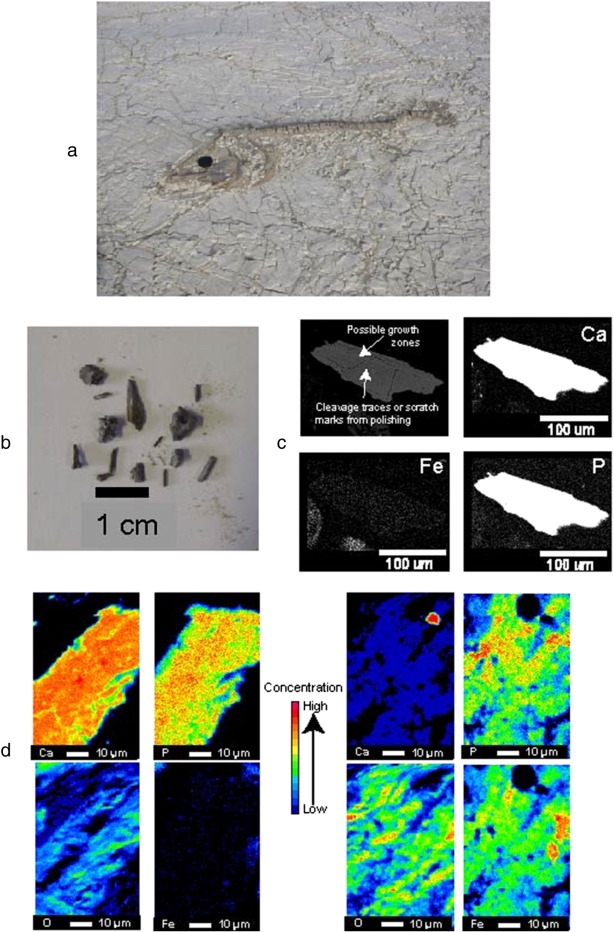Category Archives: PERTINENT
What Shall We Do Next?
Announcement of Upcoming Events and Purposeful Actions
Home Permaculture Design Short Course
March 2nd to April 20th
Thursdays – 7:30 to 9 PM
First Unitarian Church of Cleveland
Shaker Boulevard, Shaker Heights
Given by: Green Paradigm Partners: Tom Gibson and Elsa Johnson (216) 932 – 8733
Eight week short course introduces students to permaculture concepts including soil building and soil conservation,on site water retention – rain barrels and cisterns, swales, raingardens, & more, pollinator attracting plants, attracting and keeping beneficial insects, plant polycultures, incorporating native plants in the garden, plants you didn’t know were edible, plant layering and edges as design principles, hands-on practice of landscape design.
Native Plants for the Home Landscape
February 16 at 6:30 with Garrett Ormiston
at Cleveland Museum of Natural History-Tickets
Participants will learn about the threats that invasive plants pose to our natural areas and gardens, and the many advantages to using native plants as an alternative. Discussions will include how to make responsible plant choices in your home landscaping, planting native plants in a deer-dominated landscape, using native plants to attract native pollinators, and detailed information about the many different native plants that you can consider for your home gardening projects. Information learned in this presentation will lead up to our March workshop, “Designing Landscapes using Native Plants”.
Patrick Blanc (Paris, France), World’s leading expert on Vertical Gardens
Tuesday, February 28, 2017 10:00am to noon
Cleveland Museum of Natural History
Email Carol Provan regarding tickets: carolprovan911@gmail.com
Vertical gardening has become trendy in recent years, a movement led by Patrick Blanc. Special patented techniques enable him to explore new territory and create artistic, soil-less gardens on the exteriors and interiors of museums, hotels, corporations and homes of the ultra-wealthy. He is in demand among an international cadre of architects, developers, and environmental groups, but is just as pleased to be invited to Cleveland by the Shaker Lakes Garden Club.
March for the ClimateWashington DC on April 29 |
There is no denying it: Donald Trump’s election is a threat to the future of our planet, the safety of our communities, and the health of our families.
This new administration is attacking the hard-won protections of our climate, health, and communities, and the rights of people of color, workers, indigenous people, immigrants, women, LGBTQIA, young people, and more.
If the policies he proposed on the campaign trail are implemented, they will destroy our climate, decimate our jobs and livelihoods, and undermine the civil rights and liberties won in many hard fought battles.
Join Catherine Feldman and Elsa Johnson in forming a Gardenopolis Cleveland contingent!
NOW is the time for us to contribute to saving the environment. We hope the following list will facilitate your donations.
Our next few posts will list some city and state organizations.
National Environmental Organizations
(thank you EarthEasy for these recommendations)
1. Union of Concerned Scientists
UCS maintains a national network of nearly 17000 scientists who believe “rigorous analysis is the best way to understand the world’s pressing problems and develop effective solutions to them.” UCS’s findings and statements are frequently quoted by major news sources; they have become a recognized and respected voice of environmental advocacy. Their work focuses on clean energy solutions, global warming, and the puzzles of large-scale food production. UCS’s testimony has been instrumental in several pieces of important green legislation.
2. Natural Resources Defense Council
Called “One of the nation’s most powerful environmental groups” by the New York Times, NRDC combines “the grassroots power of 1.4 million members and online activists with the courtroom clout and expertise of more than 350 lawyers, scientists and other professionals”. This time of year, NRDC offers holiday-ready “green gifts”: your donation results in a gift card describing the action it supports, such as “adopt a wolf in Yellowstone” or “save an acre of whale nursery” to add a tangible meaning to a personalized gift.
3. Environmental Working Group
Known for their annual “Dirty Dozen” list revealing the highest (and lowest) pesticide concentrations in conventionally-grown produce, EWG is known for researching and spreading awareness regarding toxic chemicals, sustainable versus exploitative agricultural practices, consumer product safety, and corporate accountability. Right now, EWG promises that monetary gifts will be doubled through a matching campaign. This is a good pick for those with a passion for clean food.
4. Greenpeace Fund
 Made famous in the 1970’s and 80’s for its seafaring bands of activists peacefully accosting whaling ships and exposing covert nuclear testing, today’s Greenpeace describes climate change as “the number one threat facing our planet”. Greenpeace has not lost its passionate idealism, maintains its corporate integrity, and still inspires many to urgent, hopeful direct action. Courageous efforts by small groups of concerned individuals have influenced governments in the past, as with Greenpeace’s inaugural efforts to stop nuclear testing at Amchitka Alaska.
Made famous in the 1970’s and 80’s for its seafaring bands of activists peacefully accosting whaling ships and exposing covert nuclear testing, today’s Greenpeace describes climate change as “the number one threat facing our planet”. Greenpeace has not lost its passionate idealism, maintains its corporate integrity, and still inspires many to urgent, hopeful direct action. Courageous efforts by small groups of concerned individuals have influenced governments in the past, as with Greenpeace’s inaugural efforts to stop nuclear testing at Amchitka Alaska.
5. Friends of the Earth
Friends of the Earth describes itself as a “bold and fearless voice for justice and the planet”. Recent campaigns have targeted bee-killing neonicotinoid pesticides, “dirty” tar sands oil extraction, and the environmental devastation of palm oil production. Those who oppose widespread adoption of nanotechnology, genetically engineered foods, and human gene patenting will appreciate FOE’s clear stance and advocacy.
6. Rainforest Alliance
Rainforest Alliance has gained public recognition with their independent certification of common rainforest products, such as chocolate, coffee, bananas, and tea. Producers must meet strict sustainability standards to gain certification. The Alliance also works with foresters and the tourism industry in ecologically vulnerable areas. Their website offers consumer and traveler information, helping us work together to steward some of the most biodiverse, threatened, and globally critical habitats.
7. Earthjustice
Earthjustice is clear about its reason for being: “Because the earth needs a good lawyer”. Beginning as a Sierra Club team mounting a lawsuit to preserve an isolated California valley from development as a Disney ski resort, Earthjustice has become an independent crusade focusing on high-impact, precedent-setting battles. These are dedicated, experienced lawyers taking on the David-and-Goliath fights many of us feel powerless to influence. Donating here is one approach to evening the scales between the “big bucks” of large corporate interests and the often woefully underfunded voice of our struggling ecosystem.
8. Ocean Conservancy
 “Ocean Conservancy works to keep the ocean healthy, to keep us healthy.” Current areas of focus include addressing ocean acidification, restoration and oil-spill recovery in the Gulf of Mexico, and protecting the Arctic ecosystem from damage by increased shipping and oil and gas exploration. In the words of Jacques Cousteau, “The sea, the great unifier, is man’s only hope. Now, as never before, the old phrase has a literal meaning: we are all in the same boat.”
“Ocean Conservancy works to keep the ocean healthy, to keep us healthy.” Current areas of focus include addressing ocean acidification, restoration and oil-spill recovery in the Gulf of Mexico, and protecting the Arctic ecosystem from damage by increased shipping and oil and gas exploration. In the words of Jacques Cousteau, “The sea, the great unifier, is man’s only hope. Now, as never before, the old phrase has a literal meaning: we are all in the same boat.”
9. Earth Island Institute
One Earth Island proponent describes the group as “a community of creative activists with a great track record and cutting edge worldview.” E.I.I. nourishes ambitious fledgling projects, giving them fuel to thrive and potentially become independent nonprofits, such as Rainforest Action Network and Salmon Protection and Watershed Network. The California-based organization has several locally-focused initiatives under its wing, as well as international projects like the Center for Safe Energy and the Plastic Pollution Coalition, among many others. Supporters can pick and choose which project they’d like to fund. It’s a big strong umbrella under which you can still aim your support at a highly specific goal.
10. The Sierra Club Foundation
Another household name, the Sierra Club has a popular reputation as less radical than Greenpeace, less likely to cause arguments at the family dinner table. Political lobbying and legislative advocacy have always been central to Sierra Club’s mission. Today the Club focuses on moving beyond fossil fuel dependency and preserving wild spaces from harmful development, as well as offering their signature wilderness trek experiences to individuals across the country.

Some of our other favorites:
Environmental Defense Fund
“Environmental Defense Fund’s mission is to preserve the natural systems on which all life depends.
Guided by science and economics, we find practical and lasting solutions to the most serious environmental problems.”
Nature Conservancy
“The mission of The Nature Conservancy is to conserve the lands and waters on which all life depends.
Our vision is a world where the diversity of life thrives, and people act to conserve nature for its own sake and its ability to fulfill our needs and enrich our lives.”
Xerces
“The Xerces Society for Invertebrate Conservation is an international nonprofit organization that protects wildlife through the conservation of invertebrates and their habitats. We take our name from the now extinct Xerces Blue butterfly (Glaucopsyche xerces), the first butterfly known to go extinct in North America as a result of human activities.”
Yale 360
“Yale Environment 360 is an online magazine offering opinion, analysis, reporting, and debate on global environmental issues. We feature original articles by scientists, journalists, environmentalists, academics, policy makers, and business people, as well as multimedia content and a daily digest of major environmental news.”
Mother Jones
“Mother Jones is a reader-supported nonprofit news organization. We do independent and investigative reporting on everything from politics and climate change to education and food (plus cat blogging). Some 9 million people come to this site each month. We also publish an award-winning, 200,000-circulation magazine, we just launched a new podcast, and you can follow us on Facebook and Twitter.”
Earth First
No Compromise in Defense of Mother Earth
“The very future of life on Earth is in danger. Human activities—from hunting to habitat destruction—have already driven countless species to extinction, and the process is only accelerating. The destruction of the Earth and its sustainable indigenous cultures has led to tragedy in every corner of the globe.”
National Wildlife Federation
“National Wildlife Federation is a voice for wildlife, dedicated to protecting wildlife and habitat and inspiring the future generation of conservationists.”
Deer Antler Anguish (Or how half a solution can fail much more than no solution at all)
by Tom Gibson
Like most suburban gardeners, I do regular battle with deer. Over the years I have gradually substituted vegetables deer don’t like (e.g. garlic) for ones they do (e.g. tomatoes). I have fenced in young saplings whose tender shoots deer have eaten into the ground. (My young plum tree survived somehow and re-emerged with spreading multiple branches of the type I wanted to cultivate anyway!). And I jerry-rigged a six foot fence in attempt to block casual walk-throughs.
The latter was my undoing and, far more, that of two full-antlered bucks two weeks ago. For them it was probably the worst experience of their otherwise way too comfortable suburban lives.
The problem was the fence: a combination of wire and fishing line. The wire was too visible to the deer and the clear plastic fishing line was too weak. The result was that the deer quickly broke through the fishing line and walked through the fence at will.
The ideal short fence, my colleague Elsa Johnson, has kept telling me, is heavy 50 lb-gauge fishing line. Because of the deer’s poor eye sight, it won’t know what’s halting its progress and, confused, it will turn away in another direction. And the sturdier heavy-gauge fishing line doesn’t break from the initial deer impact. Installing that sturdier fishing line has been on my project list for at least a year!
But I and my deer friend pests didn’t count on the mating season and new antlers! Two weeks ago Sunday we found two bucks who had somehow entangled their antlers in wire fencing. A path they had trod effortlessly as bare-headed adolescents had suddenly become treacherous. One buck, pawing nervously, was battling a single wire that still provided him a wide circumference in which to struggle. Eventually, I was able to free it by snipping a wire (at a safe distance!)
The second buck had far worse problems. It had already snared a large knit hammock in its antlers and that was getting tangled. Six hours later when we returned, it was in even worse shape. It had wrapped itself around the tree until its head abutted (in every sense) the trunk.
Although an early morning call to the Cleveland Heights police had brought no solution, an afternoon call did. A young woman from a private animal control company under contract to the city arrived. Calmly and professionally, she used wire clippers and a scissor to free the second buck. The whole process took 45 minutes.
Free at last, the second buck ran off, followed by his little entourage of concerned does.
Neither buck has returned!
Damage to our yard: one black locust tree totally girdled of bark (and doomed to die) and lots of bent fence posts. Anyone want a well-used hammock?
Reforesting the Forest City – Planning for Climate Change
By Elsa Johnson
Here I am, sitting on my front porch on a sunny mid-September day, watching the Monarchs drift from buddleia blossom to blossom while listening to a Davey Tree Company crew two doors down the street cutting down and removing 3 huge old black locust trees that all lost their heads in that microburst/possible small tornado mid-summer. This is an older neighborhood, with most houses almost one hundred years old, which means there are an unusual number of unusually old and unusually tall black locusts which that storm unusually affected (one wonders, why did the black locusts, in particular, suffer so much breakage?).
But it must be observed that, of the trees in my neighborhood, which borders a small park, the black locusts (those that didn’t get damaged) are looking good – fresh green, and healthy – despite a difficult summer of heat and drought. The same cannot be said of many of the other trees on this street, which are mostly ash and maple, with a couple horse chestnut trees at either end. The ash, of course, are succumbing to Emerald Ash Borer – and the horse chestnuts always tend to look a bit sorry by summer’s end, but to what are the maples succumbing? On my very short street (7 houses on one side of the street, 7 on the other, for a total of 14 houses) one maple was uprooted by the storm, but half of it was dead already, and of the three maples directly across the street from my house, two of them have many dead or dying branches in their upper canopy – with a bit more dying each year, for the past several years.
In another Cleveland Heights Neighborhood a friend has pointed out an area where many large, old oaks have recently died and been removed, and where others are looking not so good. Then there are the dead and dying large old oaks in certain areas of Forest Hill Park (and now a specimen beech, too).
What’s going on?
So I was particularly interested in Louis Iverson’s presentation on the U.S. Forest Service’s Climate Change Tree Atlas, when he spoke recently at the Cleveland Museum of Natural History’s 2016 symposium Nature on the Edge. And what a useful tool this is! Using computer modeling, projections have been made for individual tree species’ survival and ability to cope or thrive in best cast and worse case scenarios under climate change by 2100.
This tool is useful in two ways. The first, by helping us to diagnose and understand what is going on around us now – and the second, by helping us make wise decisions in both the public and private spheres concerning tree choices that will survive and adapt to a changed and ever changing climate here in northeast Ohio.
Climate change will not be leisurely, as measured by a tree’s life, with lots of time for tree species to adapt, so maybe what we are seeing now, already, are the first signs of lack of adaptability of certain tree species. And while it may be heresy to some, perhaps instead of seeking to restore species traditional to northeastern Ohio’s forested ecosystems, we should be introducing trees that currently thrive in climatological habitats several climate zones further south. For what the worst case climate change scenario forecasts for us in 2100 is a summer much like the one we just went through, with fierce storms, extreme downpours, and prolonged periods of heat and drought – only all of it, in the worst case scenario, even more so.
It would be nice if we had time to explore, via research, the possible negative ramifications of such introductions, including the possibility of hitchhiking pests; a tree’s invasiveness potential; and possible disruption to synecological relationships (yeah – I had to look that one up, too), from fungi, to pollinators, to dispersal agents, but in the life of an ecosystem, or most northeast Ohio hardwood trees, 100 years is a short time, where, for us, it is more than a lifetime. Once those old tree are gone and there is no one left to remember them, it will be as if they never existed – things we would try to imagine, like passenger pigeons darkening the sky in vast numbers. There is no turning the clock back.
So what can we learn from the Climate Change Tree Atlas for NE Ohio? The chart lists 70 trees that currently grow in NE Ohio and examines each species for vulnerability and/or adaptability to change, then predicts which trees should show increase, decrease or no change, according to the model. Thus, by 2100, the chart says we can expect to see a decrease in black cherry, white ash, American basswood, swamp white oak, eastern hemlock, eastern white pine, and black ash (there are a few more – I selected those with which we are most familiar). These tree all are rated as having VERY POOR POTENTIAL to survive and thrive under worse scenario climate change. Listed as having POOR POTENTIAL are sugar maple, American elm, pin oak, and black maple. Gee – that’s a lot of the trees we commonly find around here.
And what present tree species can we expect to have good potential? Osage orange, black oak, honeylocust, burr oak, butternut hickory, scarlet oak, and hackberry all have VERY GOOD POTENTIAL to survive and thrive. Also with GOOD POTENTIAL are black walnut, sassafras, eastern cottonwood, shagbark hickory, sycamore, cucumber tree, and shingle oak. These trees are already present here, and would be expected to cope with climate change and increase their numbers/habitat.
Some other existing species numbers in 2100 are predicted to REMAIN ABOUT THE SAME, according to the chart. This group includes red maple, northern red oak, slippery elm, eastern hop hornbeam, pignut hickory, black locust, black willow, Ohio buckeye, and serviceberry.
The chart also includes a list of trees that do not presently grow here but which are adaptable to what this climate will likely be in 2100, and these are on a list on the chart labeled NEW HABITAT. These are the trees that one might consider introducing: chestnut oak, Eastern redbud, Eastern red cedar, Northern white cedar, chinkapin oak, black hickory, blackjack oak, common persimmon, post oak, shortleaf pine, shumard oak, southern red oak, sugarberry, sweetgum, and winged elm.
Common Persimmon

Thuga
Post Oak
Swamp Chestnut Oak
Black Hickory
Blackjack Oak
Interestingly, most of the pictures I found for these trees came from a data base from Texas. Most of these tree are common to Texas, which tells you what worst case climate change may look like here in northeast Ohio in 100 years. And here I leave you – with a lot to think about.
Book Review of “Gardening in a Post-Wild World” by Thomas Rainer and Claudia West
Big Ahas from Planting in a Post-Wild World

Their primary audience may be other designers, but Thomas Rainer and Claudia West’s Planting in a Post-Wild World (Timber Press, 2016) offers many take-aways for regular gardeners too. The book outlines how to design and maintain an ecological landscape, and does so in beautifully clear, fluid language that is easy to read and absorb.
The first few pages had me reaching for my notebook to jot down phrases from the book and ideas it sparked for my own garden. Even better, Rainer and West pointed out gaps in my own way of designing. My biggest aha was their concept of “design layers.”
“The good news is that it is entirely possible to design plantings that look and function more like they do in the wild: more robust, more diverse, and more visually harmonious, with less maintenance. The solution lies in understanding plantings as communities of compatible species that cover the ground in interlocking layers.” — page 17
I was used to thinking in terms of vertical layers of plants that physically occupy different niches; this frankly produces landscapes that are ecologically functional and diverse but not necessarily beautiful to those who don’t understand ecology. What makes them beautiful is their robust health and the life they support; visual impact is strictly a secondary consideration.
But Rainer and West present a powerful set of tools for adding aesthetic oomph while maximizing ecological function. They advise viewing a landscape in terms of four different layers (really, roles) that can be focused on individually while designing, and also while determining ongoing maintenance strategies.
Structural Layer: most powerful year-round key parts of a design. These should be retained through the years, replaced if needed, and kept clearly defined as they form the backbone on which the rest of the design hangs.
Seasonal Layer: waves of color and/or texture provided by each season’s visually dominant “design” plants. These are maintained by treating them en masse, thinning or spreading as necessary.
Groundcover Layer: provides the main diversity of the planting and therefore most of the ecological function. This layer does not contribute noticeably to the aesthetic design, except as a living mulch. Manage it by retaining and augmenting diversity as much as possible to maximize its functionality and the health of all the plants in the landscape.
Gap Fillers: self-sowing plants distributed regularly through the planting and encouraged to set seed. This builds up a seed bank of desirable plants which will ideally sprout to fill any gaps that occur.
I love how the authors separate the main aesthetic contributors (the first two layers) from the main ecological contributors (the last two). That makes it much easier to create a landscape that is strong in both beauty and functionality.
For a gardener unfamiliar with ecology (the science of how nature works), this book is a great primer. Sample insights include:
- Plants fare better in communities.
“When plants are paired with compatible species, the aesthetic and functional benefits are multiplied, and plants are overall healthier.” — page 47
- Rational guidelines for moving past the natives-only debate.
“… place the emphasis on a plant’s ecological performance, not its country of origin… The combination of adapted exotics and regionally native species can expand the designer’s options and even expand ecological function.” — page 42
- Work with each unique site.
“For designers interested in creating communities with a rich sense of place, the first step is simple: accept the environmental constraints of a site. Do not go to great effort and cost to make soil richer, eliminate shade, or provide irrigation. Instead, embrace a more limited palette of plants that will tolerate and thrive in these conditions.” — page 47
- Rather than creating generic “ideal conditions” (by bringing in soil or amendments), rely on plants to gradually improve a site.
“Hundreds of thousands of root channels will heal and rebuild even highly disturbed and compacted soils over time, and enrich low-lying soil horizons with organic matter. The more roots, the more quickly a soil is restored. In order to get as many roots in the ground as possible, plant as densely as possible and use a diversity of root morphologies to interact with the soil at different levels.” — page 194
- Cover the ground with plants.
“Plant ground covers wherever there is space for them: under trees, shrubs, and taller perennials. Fill all gaps between taller plants… Use them like you would mulch.” — page 180
The authors move from details to big-picture with ease. They advise starting each design with a “vision” patterned after a natural landscape (or archetype) such as woodland or meadow. This concept is dear to my heart, and I would like to see it treated in more detail beyond the few basic archetypes mentioned in this guide. Some of the most affecting landscapes I’ve encountered were created by designers who were intimately familiar with regional ecosystems in their many variations, and were able to use them as inspiration.
Another important point brought home by the book is that a designed landscape — to stay functional and beautiful — needs thoughtful management as well as ongoing attention to its design. An installation followed by generic maintenance strategies will not preserve aesthetics or ecology. This aha combines that beloved old adage “a garden is never finished” with Abraham Maslow’s astute observation that “if you only have a hammer, it is tempting to treat every problem as a nail.”
“Because communities are dynamic, managing them is a creative process… Designers must be part of a planting’s life as regular and ongoing consultants.” — p. 221
Let us hope the well-defined and highly desirable steps laid out by Rainer and West help to hasten the end of the modern “mow-and-blow” approach to landscape management, in which we routinely cut down, poison, or prune plants without regard for their growth habits or their web of connections, applaud sterility and unpalatability, and kill off the majority while pampering the chosen few. Let us follow Planting in a Post-Wild World into a future where humans respectfully manage landscapes for our comfort, our quality of life, and our very existence, while acknowledging (in our treatment of them) the inherent value of these living communities.
Posted by Evelyn Hadden on July 20, 2016 at 1:27 pm, in the category Books, CRRRI
Pollinator Pocket Progress
Catherine Feldman and Elsa Johnson
Gardenopolis Vision: Pollinator Pockets blooming in every yard throughout the Cleveland area. Butterflies, bees, wasps, birds and bats feasting and flying from pocket to pocket. Pollinator populations proliferate. We are doing our part.
Our Plan: To provide a service by planting Pollinator Pockets in the Cleveland area .
Our Action: We have planted seven experimental Pollinator Pockets in Shaker Heights and Cleveland Heights. As you may recall from our previous article on this venture last fall we prepared the gardens for planting using the lasagna mulch method, layers of newspaper, compost, manure, straw and wood chips. This spring we designed and planted individualized selections of native pollinator attracting plants.
In general, our criteria were as follows:
- Grows well in Cleveland
- Close to species—more likely to attract native pollinators and to bloom at the time that native pollinators require
- Sequence of bloom for a long period of time from summer into fall
- Native because more likely to survive
- Drought resistant—native plants tend to be
- Deer resistant: although deer may taste something they haven’t seen before they are not likely to eat the plants as chosen
- Long bloom—individually (weeks vs. just days)
- Beauty-good color combinations
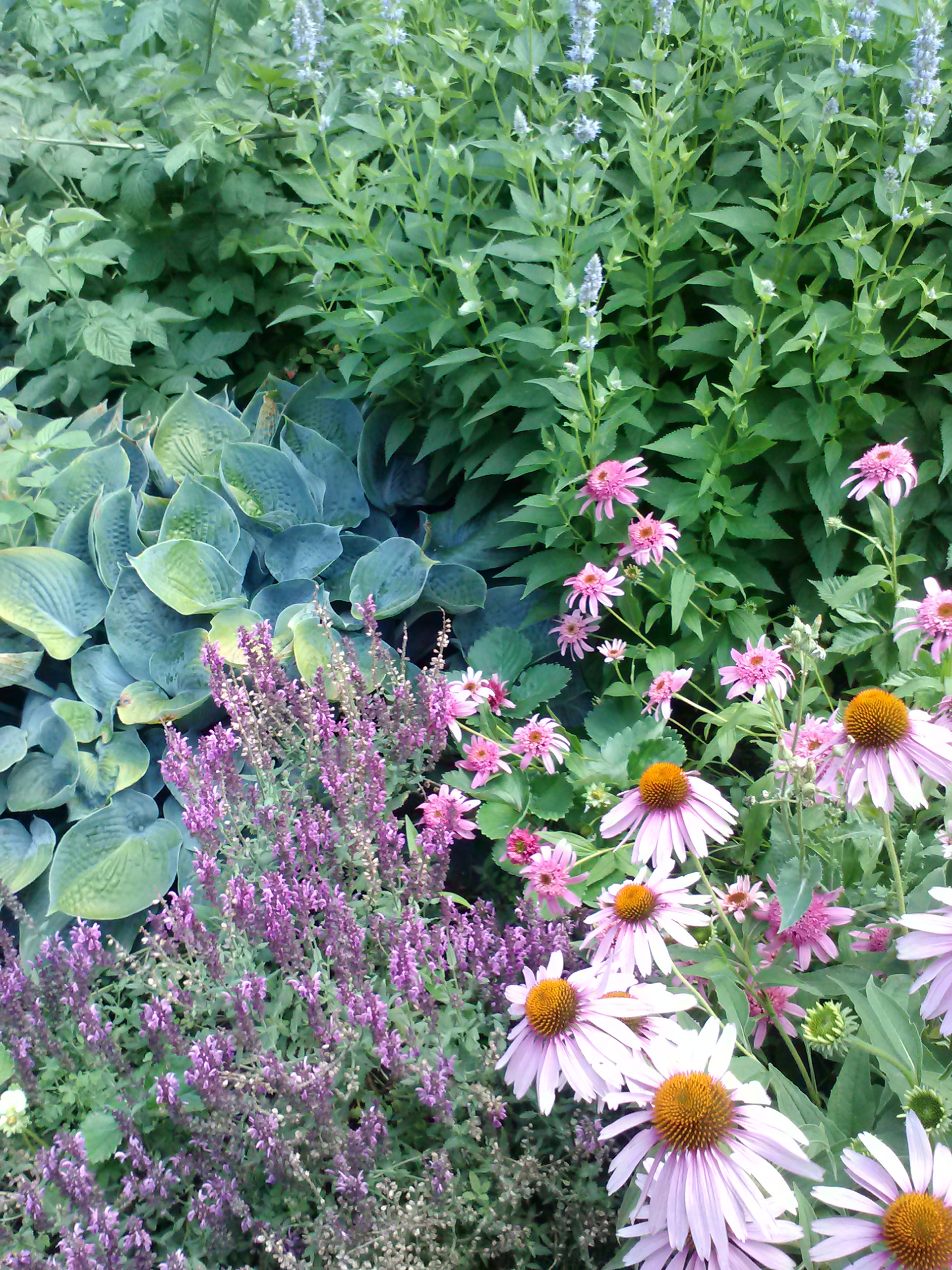
In particular, each pocket we planted was different (size, sun or shade, location in relation to the house) so each bed was individually designed by Gardenopolis Cleveland editor, Elsa Johnson.
There are many lists out there of recommended pollinator plants. This list consists of the ones that met our criteria and that we were able to obtain in plug size (more economical):
- Agastache: long bloom period-mid-summer into fall; bees LOVE it
- Anenome: late season bloom-spreads nicely (but can be invasive)
- Asclepias: two seasons of importance—in bloom for bees and butterflies and as food source for monarchs; will self-sow for monarchs
- Echinacea: blooms over a long period of time-midsummer into fall; birds like seeds
- Chelone: late bloomer
- Aster: late season bloomer
- Eupatorium: late season bloomer; easy to grow
- Lobelia: late season bloom—attracts humming birds as well as insects
- Geranium: Rozanne or Azure Rush—these varieties bloom all summer and into fall
- Meehania: groundcover in the mint family; early bloomer
- Rudbeckia: ‘Henry Eilers’ has a long bloom time from mid-summer into fall. We also like ‘Viettes Little Suzy’ (shorter)
- Salvias: blooms early and into summer; reblooms and easy to grow if you cut back after blooming
- Scutellaria: a native mint good for semi-shade; spreads
- Solidago: long season of bloom from late summer into fall. An important late season pollinator
Geranium Rozanne
Aesclepias tuberosa
Next Steps: If you are inspired by this idea and want to plant your own Pocket, go for it! Here are some links for more information:
- http://www.xerces.org/pollinators-great-lakes-region/
- http://www.dallasnews.com/lifestyles/home-and-gardening/headlines/20150826-do-your-part-plant-a-pollinator-pocket.ece
- http://www.birdsandblooms.com/gardening/attracting-butterflies/
- http://web.extension.illinois.edu/cfiv/pollinators/
You may even wish to take a course:
Or, read a book:
Attracting Native Pollinators by Eric Mader, Mace Vaughn, and Matthew Shepherd of the Xerces Society is a classic.
Or, on the other hand, you may prefer to have us plant one for you. If so, please contact Catherine Feldman at gardenopoliscle@gmail.com.
We end by loosely quoting Denise Ellsworth, “Fall victim to plant lust, but, before you fall, take a step back and watch how many pollinators it attracts.”
When you see our sign, look for one of our Pollinator Pockets nearby. We will be keeping you posted as to their progress.
Special GARDENOPOLISCleveland Alert!: The Devil’s Parakeets – coming soon, to treetops near you! (But not to dine)
by contributing editor, Ann McCulloh
The Locusts are coming! The Locusts are coming! Scary-looking, strange-sounding insects will soon be descending on Northeast Ohio in large numbers any day now. LATE-BREAKING NEWS – a few were spotted in Hudson on May 23 rd ! But unlike the Biblical plagues of locusts, and the hordes which devastated settlers’ crops on the Great Plains, this invasion is expected to have minimal impact on our gardens. Small fruit trees and newly planted trees and shrubs are somewhat vulnerable.
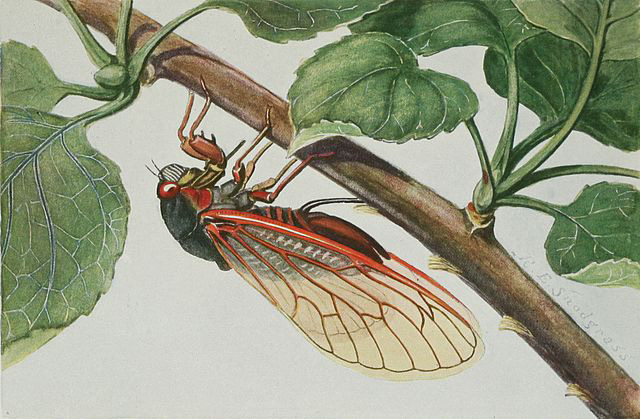 Public Domain, https://commons.wikimedia.org/w/index.php?curid=695129)
Public Domain, https://commons.wikimedia.org/w/index.php?curid=695129)
The short version: a brood of periodical cicadas is just about to emerge from their 17-year dormancy/pupation underground. These are large (1-2” long) shiny black insects with bright orange wing veins and big red eyes – spooky-looking! The adults crawl out of holes in the ground in the morning, crawl up the nearest tree or shrub to dry out and harden their wings and bodies, then fly off to begin mating rituals which include a deafening chorus of keening from the treetops.
They emerge in LARGE numbers in late May when soil temperatures 8” below ground reach 64 degrees Fahrenheit. The adults fly, sing and mate (but don’t eat plants) until around the end of June. They can literally carpet the ground in places where they are prevalent, and the males’ song is incredibly loud, especially during midday. Outdoor weddings and graduation ceremonies may be memorably disrupted by these unearthly looking and sounding visitors.
Protecting your plants: The adults feed minimally, sucking a small amount of sap from twigs. Damage to plants is caused when the females scratch slits into smaller twigs on trees and shrubs, in order to lay their eggs. According to an article on the Morton Arboretum website https://www.mortonarb.org/trees-plants/tree-and- plant-advice/help- pests/periodical-cicadas , the trees most frequently affected are oak, hickory, apple, peach and pear. Young trees, especially fruit and nut trees, can benefit from protection during the June egg-laying period. Wrap fine-mesh netting over the branches, securing it tightly to the trunk to prevent the cicadas from crawling under it. Some insects may be discouraged by wrapping the trunk smoothly with a band of aluminum foil, but the majority will just fly to the branches instead.
There’s plenty of information about the fascinating 17-year cicada in a booklet produced by the Ohio Biological Survey. In Ohio’s Backyards: Periodical Cicadas (Gene Kritsky, 1999) includes detailed biology, historical accounts, superstitions, maps of various emergence years all over Ohio, and a recipe for Cicada Pie from a 1902 issue of the Cincinnati Enquirer! I’m putting my fellow foragers on notice! If I can collect enough recently-emerged cicadas (they need to be collected early in the morning before their shells have fully hardened) I plan to try pan-roasting some. Recipe-share, anyone?
Garlic Mustard: If You Can’t Beat It, Eat it!
by Sarah Cech
Garlic mustard is a plant that grows in woodlands throughout the east and it pops up in back yards and parking lots. It is related to mustard, not garlic. It has kidney-shaped leaves with scalloped edges that grow in a low mound. These basal leaves die back in the late spring and the plant sends up a stalk with pointier leaves and clusters of small white flowers at the top. The easiest way to identify it is by picking a leaf and crushing it. You will smell a strong garlicky odor. It is believed that garlic mustard was brought from Europe as a food plant in the 1800s. Leaves are high in vitamin A and C and were boiled in soups and eaten in salads. How can this be bad?
Things went sour for garlic mustard when it escaped from the garden and started growing in the forest. Since this European plant has no natural predators in the US, it was able to thrive and out-compete native plants. It has displaced a native mustard called toothwort. Toothwort is important to the survival of the West Virginia white butterfly. It is the only host plant for this butterfly. If West Virginia whites lay their eggs on garlic mustard, the caterpillars typically die before reaching maturity because of the chemicals in garlic mustard. Garlic mustard plants spread easily because each tiny flower produces hundreds of seeds. If you find this plant in your backyard, you should pull it up to help protect the forest and West Virginia whites (and maybe make pesto).
In 2006, the Nature Center at Shaker Lakes realized that we had a big garlic mustard problem. The Natural Resources Specialist at the time realized how tasty garlic mustard can be as a pesto, and the first Pestival was born! This first event was a spaghetti dinner with pasta, bread, and wine at tables with checkered cloths. The Nature Center staff did all the cooking and prep work.
The following year, we invited area chefs to create a dish using the garlic mustard and the event morphed into a cocktail-style reception. Volunteers pull the garlic mustard and clean it; then we send it to the restaurants. In the Nature Center’s 50th Anniversary year, the Pestival is a sell-out event that features 9 area restaurants. Each year the chefs create a new dish. We have had cheesecake with garlic mustard relish from Coquette Patisserie, garlic mustard sliders from EDWINS Leadership & Restaurant Institute, and a perennial favorite, garlic mustard and pistachio ice cream from Mitchell’s Homemade IceCream. Don’t knock it till you try it!
So next time you pull garlic mustard out of your yard, remember, it makes a delicious pesto.
How to Eat Garlic Mustard
Interestingly, all parts of the plant are edible, including the root, which, grated and mixed with white vinegar tastes horseradishy and can be used the same way.
Try the leaves sprinkled on white pizza along with mushrooms and perhaps carmelized onions
Subsitute garlic mustard leaves for spinach in vegetarian lasagna
Chop the leaves finely and add to taboule salad in place of parsley
Make pesto substituting garlic mustard for basil in whole or part
Cheesy Frittata
Grated potatoes fresh or frozen (enough to cover bottom of a large skillet one inch deep)
Shallots – sliced thinly
5 eggs beaten, mixed with 1 large spoonful of nonfat yogurt seasoned generously with pepper
½ cup crumbled feta cheese, stirred into eggs
4 to 5 handfuls of garlic mustard leaves
1 cup mozzarella or other shredded cheese of choice
1/3 cup of parmesan or romano cheese
On medium high heat, brown shallots in avocado or olive oil, and then add potatoes. Cook, brown and turn potatoes several times. When potatoes are cooked add the beaten egg and feta cheese mix. Turn heat down to low medium. Cover and cook until eggs begin to set. Add shredded cheese of choice and top with the garlic mustard. Cover the skillet until the greens have gone limp. Sprinkle parmesan or romano on top. Serves 4 to 5
Garlic Mustard Pesto
3 cups Garlic Mustard Leaves
1/2 cup Parmesan Cheese
1/4 cup Olive Oil
1/4 cup Pine Nuts
1 clove Garlic
Salt to tast
Blend ingredients in a food processor until smooth.
Optional: Add spinach, basil or parsley for added flavor
Note: use first year garlic mustard leaves.
Sarah Cech
Natural Resources Manager
Nature Center at Shaker Lakes
Winds from Africa, Part 2
by Jonathan Hull
The following essay is part two of a three part series that explores how something as commonplace as dust can profoundly effect natural systems. Part one, which can be found here, explored its effect on the biosphere as a whole. This second part takes a microscopic look at dust on plant leaves. The third and final essay will be published next week. This essay will take what has been discovered in parts one and two and consider practical applications, by way of foliar sprays, in managing fertility in Ohio gardens. Foliar sprays have the potential of becoming one of our most powerful tools available in creating healthy gardens.
I. Reorienting
Our biosphere is an incredibly complex, dynamic and ever adapting play of forces. In the first part of this series, we met the main actors of this play in grand elemental forms: sun, earth, water and wind. The title role is played by life; the adaptive tissue that knits these elemental forces into a global system.
We learned that minerals in dust are essential to the function of the Amazon rainforest as well as numerous other ecosystems. Changing distributions of this dust and its effects on life can even modulate changes in global climate patterns ultimately driven by the earth’s orientation to the sun.
In the next part of our investigation, these same elemental actors will reprise their roles in another complex and dynamic play of forces. Only it will play out not on a global scale but on a microscopic one: the surface of a leaf.
[Figure 1: Microscopic detail of Leaf. From: Stomata Of Lavendula Dentata, Sem Photograph
Recall that this whole investigation started when I realized that the role of dust in global nutrient cycling had implications for the use of foliar applications in the garden. These are a broad range of techniques that attempt to boost plant health by changing the microscopic environment of its leaves. One technique that seemed to work well in my garden was one that covers plant leaves with a spray of minerals in a solution. I was a tentative proponent because I did not understand how this could work so well.
When I learned how much dust moves around the globe and how important it is to any number of ecosystems; the results from foliar sprays no longer seemed incidental. At the time it was pure speculation, but the thought occurred that it was entirely likely that plants adapted the ability to absorb minerals that were deposited on its leaves from atmospheric dust. This led me to research if this was indeed true and in doing so I learned the features of several important processes that take place on the leaf. These features will be incredibly important to my future use of foliar applications and to the realization of their maximum benefit.
II: When the Dust Settles
When you consider where plants first emerged in the history of life, it is not surprising that in some degree, they can all absorb nutrients through their leaves. Plants first evolved in bodies of water and most aquatic plants use their leaves as the main sites for mineral uptake.
Once inside the leaf these minerals can move throughout the plant via the liquid sap that connects the various metabolic functions that happen inside of it. This flow of minerals is critical to the function of a plant. For instance the electrical resonance of magnesium is essential to the structure and function of chlorophyll. Now in the case of aquatic plants, their leaves are structured in a way that allows them to be relatively open to the flow of nutrients. Their leaves can be open to this flow because the surrounding water buffers them from the effects of the sun and wind.
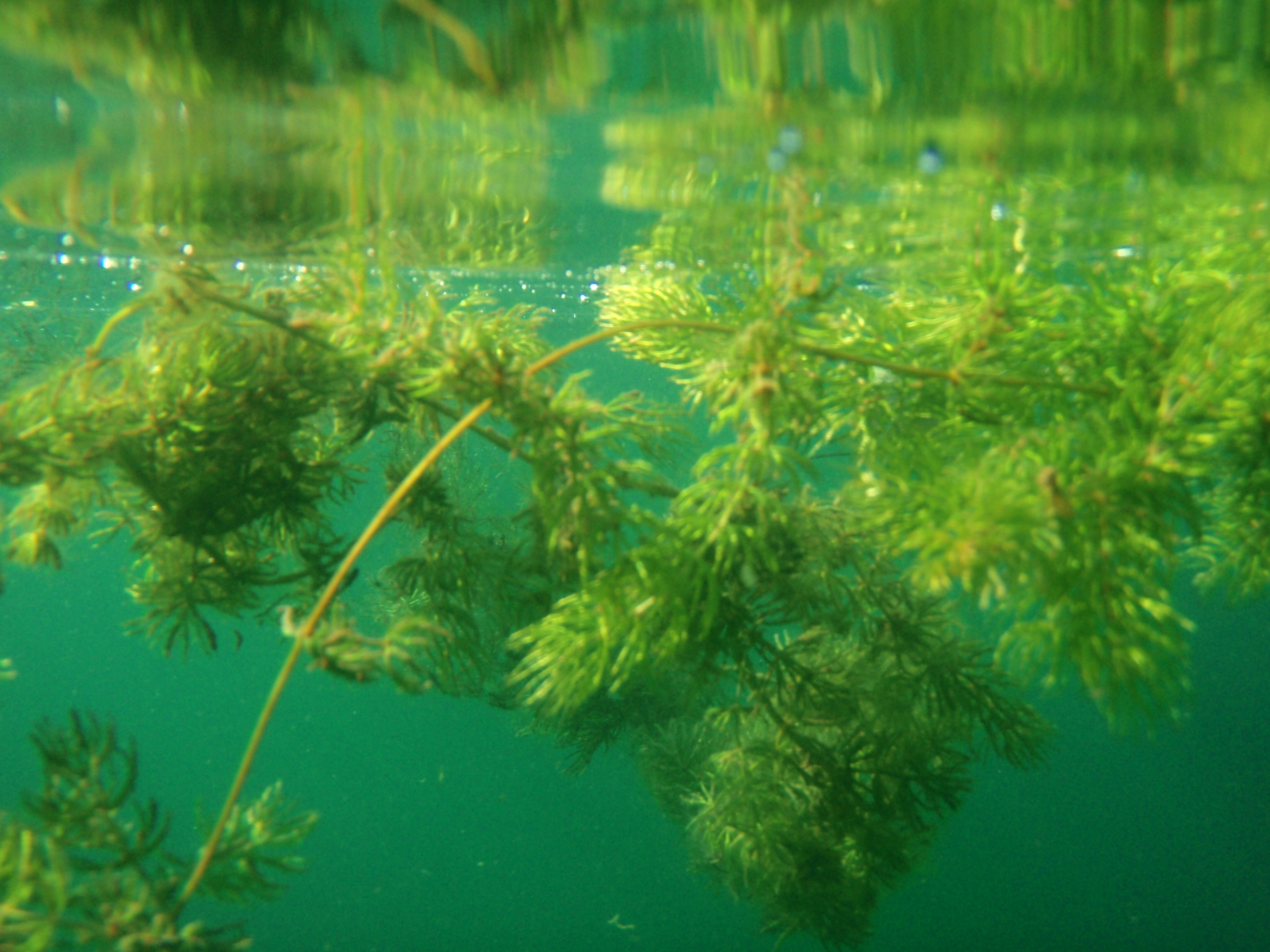
[Figure 2: Aquatic Plant. From: … quality for aquatic plants and fish | Activities and Information]
However, when plants moved onto land they no longer had this luxury. Separate and specialized structures were adapted for gathering the sunlight, nutrients and carbon dioxide needed for their metabolism. Roots, protected underground from the harsh effects of the sun and wind, became the main site for mineral uptake in land plants. Terrestrial plants still need to gather energy from the sun, so they adapted a waxy covering on their leaves called the cuticle. This was done mainly to protect the plant from the loss of too much water through its leaves by evaporation. An interesting side note for this discussion: this layer also protects the plant from excessive leaching of nutrients from its leaves by rain. In any case, this protective layer made leaves in terrestrial plants a lot less open to the flow of nutrients than those found in aquatic plants.
[Figure 3: Water on a Leaf. From: Beyond the Human Eye: Plant Cuticles]
This cuticle layer is the main barrier to the entry of nutrients. It is by no means impenetrable and there are practical strategies for moving nutrients through it, but this mechanism is outside the scope of this essay. Instead we will look at a more promising avenue. You see, the cuticle layer is not continuous because leaves cannot be completely closed to the outside world: plants also use leaves to breathe.
Plants breathe, oxygen out and carbon dioxide in, through openings called stomata. (See Figure 1 above). Thousands of these microscopic mouths can be found on the surface of leaves. Stomata also serve as thermo-regulators by allowing the plant to transpire water through these openings to cool the plant when needed. A self-regulating system exits within the leaf where stomata open and close depending on environmental conditions. The system balances the trade-off between breathing and losing too much water to evaporation.
When a stoma opens, it forms one tiny point of interface between the water inside the plant and the atmosphere. It might seem obvious that the stoma would be a convenient avenue for the entry of foliar minerals. But it is not that simple. In fact, for some time it was considered impossible for nutrients to enter the plant in this way. Although there are thousands of stomata on a leaf, added together they still comprise a tiny surface area. The dust particle would have to land in just the right place to make contact. Additionally, the vapor pressure from evaporating water flows out, which would seem to prevent the movement of anything in.
Recent research has found that a unique process that occurs on the surface of leaves in the presence of dust changes how the stomata operate. This process transforms stomata into a main avenue for the entry of nutrients. To explain this phenomenon, we need to understand what happens on the surface of a leaf where dust collects. How,we need to consider, does dust interact with a leaf.
The leaves of many plants have adapted structures to facilitate the collection of dust onto their surfaces. These include microscopic ridges in leaves that trap dust and tiny hairs that grow out of the leaves, called trichomes, which change aerodynamics on a microscopic level to pull even more dust to the leaf surface. With such microscopic adaptations, plant surfaces have evolved into the major sink for atmospheric dust. To give you an idea of the amount, one study in Chicago found that, urban trees, which occupy 11% of the city area, remove about 234 tons of dust from the air per year!
[Figure 4: Leaf Trichomes. From: Nettle Leaf Trichomes, Sem Photograph]
These particles are deposited on the leaf from dry dust in the atmosphere but also from particles left by evaporated rain droplets. Which come to think of it, you might wonder how much of this dust is washed off by rain. One study found that although the large particles of dust were washed from the leaves of trees the majority of smaller particles remained in the canopy. The study reported here, found that 75% of nitrogen that was deposited on a spruce forest never made it to the soil but was retained in the canopy!
Most of the particles of dust deposited on leaves are of a certain type that readily absorb moisture from the atmosphere. These are technically termed hygroscopic particles. On the leaf’s surface, they function in much the same way as they do in the creation of raindrops in the atmosphere; they serve as the nuclei for the condensation of water vapor. We might think of dust as dry, but in this case when considered at their own scale, they are positively soggy. Even at relatively low humidity levels, dust condenses water vapor on leaves where it would not otherwise stick.
Taken together, the moisture these particles gather produce the provocatively named “breath figures”: microscopically thin films of water that are invisible to the naked eye. These thin films of water remain persistent on the surface of plant leaves even under surprisingly hot conditions. Breath figures are not pure water, but a solution of the mineral particles that attract water from the air.
Breath figures have enormous implications for uptake of the nutrients into the leaf – especially through the stomata. In a newly opened “pristine” leaf, the liquid sap and all of the functions it connects are largely separate from anything that might occur on the leaf surface. Stomata on such leaves are just a tiny ports to the atmosphere. However, this new leaf quickly attracts dust particles, which, in turn, attract tiny films of water. Now when the stomata open, the liquid sap inside the plant connects to breath figures. The mineral can now land anywhere on the leaf and be connected to the stomata, and so connected to all of the functions that occur inside the leaf.
This continuous film of liquid that runs from the exterior of the leaf through the stomata and into the interior of the leaf is even thought to play a role in activating the opening of stomata themselves – a feedback loop that furthers the development on this continuous liquid connection.
Solutions always try to even themselves out. If there are differences in concentrations within the solution, called concentration gradients, the liquid will move from low to high concentration and high to low. The force of movement caused by concentration gradients can overcome the force of pressure moving water out of the stomata by evaporation. Thus, a flow of nutrients from plant exterior to interior becomes possible.
https://www.youtube.com/watch?v=dOXIsy3EoUQ&feature=youtu.be ]
Plants have adapted different responses to the formation of these continuous liquid connections. Certain plants are particularly reliant on inter-leaf nutrient cycling. In the dusty grasslands of South Africa researches have shown how trees can establish themselves in poor soils, even where grasses might otherwise have a competitive advantage.. As the trees grow taller, they collect more dust and thrive that much more. The cycle reinforces itself in a positive feedback loop.
However, it can also be the case that plant leaves provide too much of a good thing. If there are too many hygroscopic particles activating too many stomata, and so increasing evaporation through the plant, it can significantly lower its ability to deal with drought. In this case we have a negative feedback loop.
Plants that live near the coast have had to adapt to this problem. These plants can receive heavy deposits of sea minerals from salt spray that is carried off the ocean by winds. These plants have adapted leaf structures that rapidly shed particles so that they are not desiccated by the formation of continuous liquid connections and the resultant opening of stomata.
One issue that I will briefly mention: plants have adapted to environments that over evolutionary timescales receive relatively consistent amounts of dust. The problem is that in last 200 years there has been an 270% increase in particulate matter in the atmosphere – an increase caused by industrialization. Plants that had adapted to collect a steady stream of dust may now be overloaded. This increase in human produced particular matter, which has strong hydroscopic properties, has been theorized to be major factor in the decline of forests the world over.
We will consider all of these factors in the final essay in this series. Here we will discuss the practical use of all this knowledge in creating healthy and vibrant gardens. It should be noted, however, that we have highlighted only one tiny portion of a huge set of interconnected processes that effect how plants absorb nutrients through their leaves.
If one wants to master the use of foliar applications there is so much more that needs to be understood and even more that has yet to be discovered. Perhaps a topic for future essays, but as such it is out of our scope. However, what has been sketched out so far is a good foundation for incorporating this tool into a general gardening practice.
….. Winds from Africa ….. A Deep Breath, Part 1
by Jonathan Hull
My mind was churning, neurons were firing in sync; a pattern had been recognized. What got the idea mill running was when I learned of the astonishing relationship between dust storms in Africa and the fertility of the Amazon rainforest.
Behind this process of global nutrient cycling was a set of relationships, a pattern, that had exciting implications for fertility on a much different scale: in the garden. Ideas began to tumble one after another that centered on just how important foliar applications could be in facilitating the growth of nutritious food and potent medicinals. And, for me, the biggest question of all: What would the African/Amazonian relationship mean for my own garden in Northeast Ohio?
I. Introduction
Foliar applications are a broad range of techniques that attempt to boost plant health by changing the microscopic environment on its leaves. I have had impressive results using a few of these techniques, but until recently I did not fully understand how they worked.
It might seem strange that a process occurring on a global scale could lead to a breakthrough in understanding one that happens on a much smaller scale; but I’ve found such cross scale connections to be very illuminating. It can be a way to shake the mind out of its tendency to view things in isolation. It is easy to get hung up on tools and techniques without considering the context in which they are being used. As the expression goes “to a hammer, the whole world looks like a nail.”
However, understanding the context of our actions is easier said than done. If you are like me, then you were trained to act in a world that is thought to operate in a linear, static and superficial way. But this is not how the natural world works. Natural systems are complex, dynamic and adaptive.
We might look into the garden in a superficial way and see plants that are “under-performing” and grasp at the latest fad to whip it into shape. Not only is this kind of thinking dangerous, the picture of the world it produces is dreadfully boring. Instead we could look at the structure of a plant as a flow of energy. This flow of energy is the expression of relationships between an innumerable set of processes.
With this picture of the world, we will see that some of these processes structure this flow of energy with the broadest strokes. The latitude where this plant looks out toward the sun will pattern it in the most profound way. The climatic patterns in which it grows, whether it is near an ocean or up in a mountain, will affect the flow of energy that is this plant. Right now the structure of any plant is the expression of relationships between processes that happened eons ago. It might be most vibrantly healthy when growing in soils containing minerals brought in by now-long-absent glaciers.
There are also those processes that fill in the details of the larger processes in which they are embedded. A plant might be growing in a certain way because it is in a small depression in the earth that protects it from winds and extends the heat energy of the sun. A plant might be growing well because the flow of energy through it is being facilitated by all the minerals it needs for its metabolism. These minerals might have been pulled from a rock by a bacteria so that the plant could absorb it. The shape of the quantum vibration of one these minerals might be structuring an enzyme that dramatically speeds up chemical reactions in the plant.
It can be both breathtaking and dizzying to look at world in this way. Any picture of such a complex world is going to be limited. It also might seem strange to spend all this time exploring when all you want to do is grow food. But I think it is an essential exploration if we are to participate responsibly in the world. If we want to dance to the rhythm of life than we have to listen to its music.
This is the kind of exploration we are going to make in regards to foliar applications. We will start on the global scale. There is a process of global nutrient cycling that dramatically patterns the structure of the natural world. This global process will help us understand how we can use foliar applications to cycle nutrients in our garden. Some of what we will learn will have direct implications for our practical efforts. Other things we might learn might not be practical but will be grist for the intuitive mill.
Lastly, I wanted to explore this connection for more than just its utilitarian value. I like to garden not just for food but because even the most practical work participates in a great chain of being that runs through worlds incredibly small to those incomprehensibly vast. Researching this topic deepened my awareness of how profoundly the natural world is shaped by its interconnectivity. This awareness of interconnectivity sparks in me a sense of awe – an awe in being part of the living tissue of organism earth.
This was all the more the case when I learned of the importance of dust.
II. Dynamics of the Global Ecosystem
The Amazon rainforest is at odds with what I’ve learned about soil. In most terrestrial ecosystems, nutrient rich soil is the foundation of a healthy biome. Rainforests are burgeoning with life, but more often than not they sit atop notoriously poor soil. How can this be? One explanation is that in rainforest ecologies, nutrient cycling happens at breakneck speeds. Nutrients in dead organic matter do not have time to build up in the soil because they are quickly reassembled back into living tissue. A number of plants called litter trappers have even evolved to capture organic matter before it makes is to the forest floor!
These soils are also lacking in nutrients because they are weathered soils. The torrents of rain that give these forests their name comes with a price: all that water leaches minerals out of the soil profile. The rainforest might be a prolific nutrient recycler, but with so much rain it is inevitable that soil minerals are carried away in rivers and eventually deposited in the ocean.
Chief among these important minerals is phosphorus. In the orchestra of life, phosphorus plays a central role in the flow of energy in all living things. However, when it is in an inorganic form it is anything but energetic. It is not easily induced into biochemical processes so that only a small portion of phosphorus in an ecosystem is being cycled through living systems. The rest is much more likely to be leached away by weathering. In soils that are heavily weathered, phosphorus is often the limiting factor in plant growth.
Unlike its northern cousins, forests in the Amazon have not had their soil minerals renewed by the erosive power of ice age glaciers. One would expect that without such an input, the slow and steady loss of soil minerals like phosphorus would degrade the biomass potential in a kind of ‘wet desert’ ecosystem. Yet, where civilization has not wreaked havoc, these biomes are unmatched in their vibrant diversity. What gives?
An explanation is found in the amazing story of how dust storms that occur in the Saharan desert in Africa fertilize the Amazon rainforest in South America.
[Fig. 1]
The dust borne on continent-spanning winds is rich in minerals like the all-important phosphorus. This critical input of dust has been found to perfectly balance what is leached away by rain and lost to the ocean! How wondrous that two biomes at such complete extremes and separated by an ocean of water can be so intimately connected!
Equally incredible is the set of finely tuned processes that allows for this instance of global nutrient cycling. The majority of Saharan dust that falls in the Amazon comes from one small area called the Bodélé depression. It is only .5% the size of the Amazon and only .2% of the Sahara, but it is the greatest contributor of global atmospheric dust, emitting on average over half a million tons of dust per day!
A small area producing such an immense volume of dust is only possible because of a very specific set of geographic and meteorological circumstances. Geographically the Bodélé depression is located at the mouth of two large magma formations. These formations are situated in just the right way that they focus and accelerate, like breath through a straw, powerful winds that carry the dust aloft.
[Fig. 3]
These winds, referred to as low-level jets, are unusual in themselves and only formed because of a particular set of regional conditions including the shape over northern Libya of the high altitude globe spanning jet-stream. The directionality of this low-level jet is important because it moves the dust into the right position to be picked up by the higher altitude winds that travel to South America.
The Sahara and the Amazon are not just spatially linked, there are also processes that link them through time. The dust from the Bodélé depression isn’t any old dust. It is uniquely mineral rich because this area was once at the bottom of a vast freshwater lake.
Thousands of years ago the Sahara was a different environment – more closely resembling the Amazon than the desert we see today. It was full of rivers and lakes that teemed with life. The Bodélé depression was the lowest point in the largest of these lakes – Paleolake Megachad. At its peak nearly 7,000 years ago it was larger than all of the Great Lakes combined. Global climate patterns shaped the jet-stream so that it brought the monsoon rains further north than it does today. Lakes like Megachad were supplied with nutrients that were washed from the soils of Northern Africa by these monsoon rains. These nutrients in combination with the steady sun shining on this equatorial latitude made for the biological equivalent of a freshwater paradise.
The ancient creatures that populated Lake Megachad complexed and concentrated these essential minerals as part of their metabolism. Once integrated into a biological process many of these minerals cycle within the ecosystem (see below), but as we have seen some is inevitably lost to the system. In this case, when aquatic creatures die some of their remains collect on the lake bottom.
One of the more important creatures for our story is a group of microscopic algae called diatoms. As a function of their metabolism they secrete tiny crystalline shells made of silica. The Bodélé depression is absolutely chock full of these tiny shells – a deposit called diatomite – so that the dust that blows from this area is predominately composed of them. The hollow structure of these shells make them incredibly light and explains why the dust can travel such vast distances in the upper atmosphere.
[Figure 4]
Higher forms of aquatic life, like fish and turtles, complexed and concentrated minerals in their bones and scales. These also fell to the lake bottom and are also present in deposits found in the Bodélé depression. The diatomite mentioned earlier erodes these bones like sand from a sandblaster. The result is that a significant portion of the phosphorus that settles on the Amazon originated from the remains of ancient fish!
This is important because as we detailed earlier, phosphorus that is in an inorganic form is resistant to being incorporated into biologic processes. On the other hand, the phosphorus found in fish bones is dramatically more bio-available. In fact, all of the phosphorus that travels in the dust is altered by a process of acid leaching that occurs in the atmosphere. This acid leaching makes all forms of phosphorus more water soluble; an important step in making it more available to biological processes. These are critical factors in the fertility of the rainforest and will be processes that we will mimic in the practical discussion of foliar applications to follow.
At some point in the last 5,000 years, the climate of the Sahara shifted dramatically. The monsoons no longer tracked north to fill its lakes. The prime driver of this shift is a change in the orientation of the earth’s axis. It is remarkable to think that the global cycling of nutrients that is occurring between the Sahara and the Amazon is itself embedded in an even larger process occurring between the earth, sun and moon!
Yet this might not even be the most incredible part of this story. Although a change in earth’s axis may have been the prime mover of this shift in climate, how it shifted suggests a more complex process. It shifted in a disturbingly rapid fashion, which the gradual change in the earth’s axis does not fully explain. In something called the North African climate cycle, it also vacillated several times between two regimes of a wet Sahara and dry Sahara.
Recent studies have suggested that changes in global vegetation patterns may have both dampened and amplified the effects of earth’s shifting axis, triggering what regime the climate favored in this region. One provocative theory has even formulated that cycles of excavation and deposition of the Bodélé depression may itself be responsible for these climate cycles! In simplified form: as the depression is emptied of its mineral rich deposits, it prompted a degradation in vegetation patterns. This prompted a change in global climate patterns, which among other things favored a change in the track of the monsoon. This allowed for the depression to once again be filled and for the cycle to continue. This is global nutrient cycling occurring on a truly grand timescale.
Although highly speculative, this theory has more going for it than just changes in vegetation patterns. The dust from the Bodélé depression also has a huge effect on the size and type of phytoplankton blooms that happen in the Caribbean Ocean (in this case iron is the limiting nutrient of which this dust is also rich). Supporting a number of major ecosystems means that this dust is involved in sinking vast amounts of atmospheric carbon. In combination with a number of other effects like cloud physics and radiant heating, the dust from this area is being considered as a “tipping element,”a force that can determine the larger state of global climatic patterns.
Clearly atmospheric dust is incredibly important to the global ecosystem. Many other ecosystems are dependent on mineral inputs of atmospheric dust that originate from other parts of the world. Jared Diamond, in his book Collapse, cites the varying distribution of volcanic dust as a factor that determined why some Pacific Island cultures endured while others did not. Closer to home, the forest of Eastern North America also receive important inputs of minerals from dust.
But it was the role of dust in the Amazon that triggered the “AHA! moment” that started this exploration. I’ve studied a lot about healthy soil and continue to work on building the best soil I can for the creatures in the garden. When I learned about foliar applications I could never see how feeding the plant through its leaves could have near the effect as feeding it through the soil. But when I tried them they seemed to work quite well. How could this be?
The inspiration came with the thought: if plants in the Amazon are growing in nutrient poor soil, perhaps they adapted the ability to trap and absorb the minerals from dust that fell on their leaves before it even reached the soil? Might all plants have on their leaves something akin to microscopic litter trappers?
This will be the starting point for the next installment in this series, where I will present evidence that this may indeed be the case. From the global processes we have charted here, we will take a journey into the microscopic ecosystem of the leaf–including the leaves in our Ohio gardens. Stay tuned!
Photo Captions/Credit:
Figure 1: Conceptual image of dust from the Saharan Desert crossing the Atlantic Ocean to the Amazon rainforest in South America. Image via Conceptual Image Lab, NASA/Goddard Space Flight Center
Figure 2: NASA image courtesy the MODIS Rapid Response Team, oddard Space Flight Center
Figure 3: The surface wind focusing toward the Bodélé. Right: 3D topography of the Sahara; left: a rare shuttle image of emission from the Bodélé between the Tibesti and the Ennedi mountains. From: The Bodélé depression: a single spot in the Sahara that provides most of the mineral dust to the Amazon forest:
Figure 4: Coloured scanning electron micrograph (SEM) of a Triceratium sp. diatom. By Steve Gschmeissner. : http://fineartamerica.com/featured/26-diatom-sem-steve-gschmeissner.html
Figure 5: Sub-fossil skeleton of a 1.15 m long Nile Perch preserved within diatomite on the floor of palaeolake Mega Chad within the Bodélé. From Solid-phase phosphorus speciation in Saharan Bodélé Depression dusts and source sediments.
